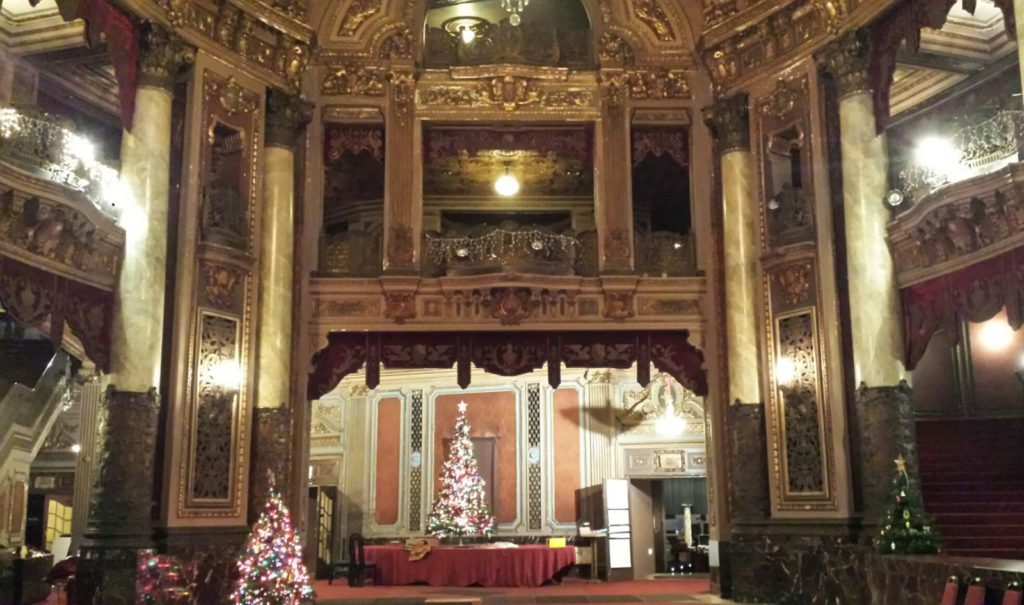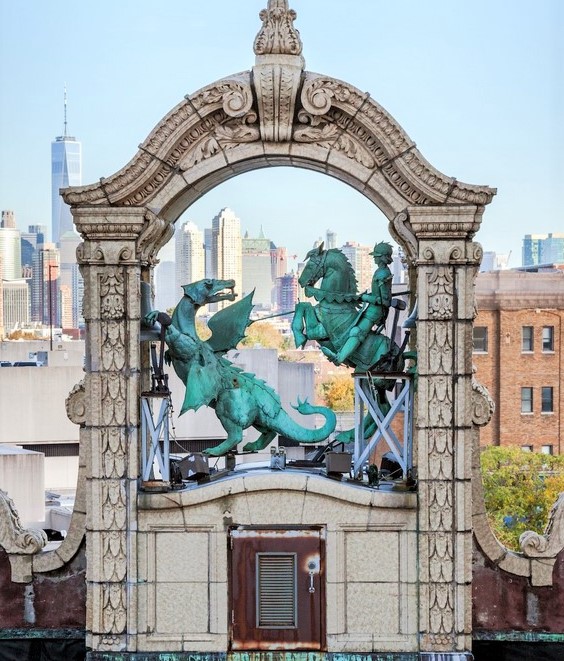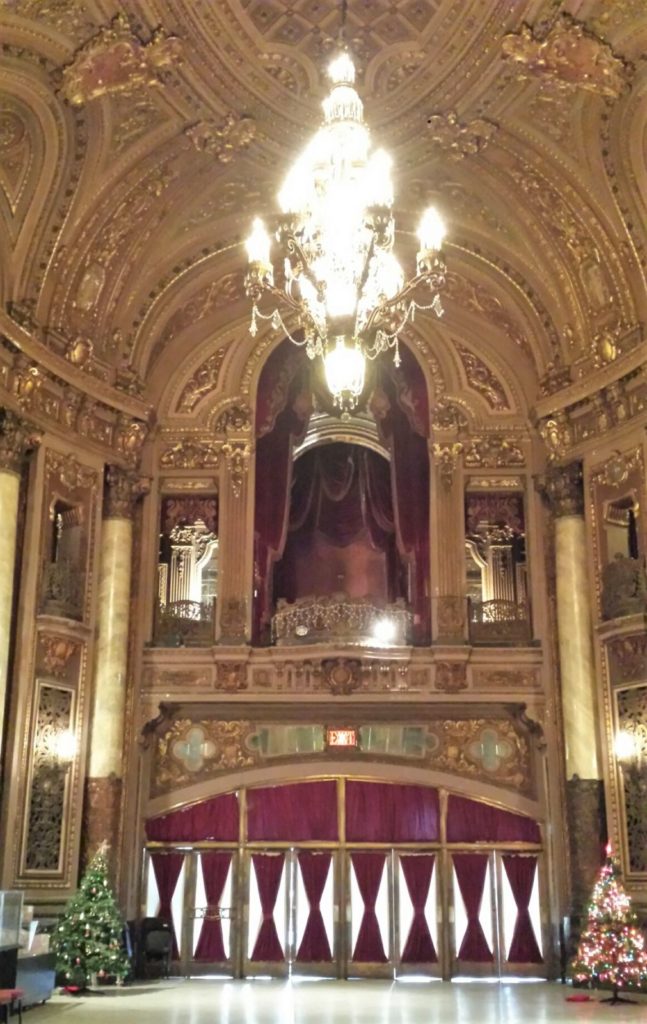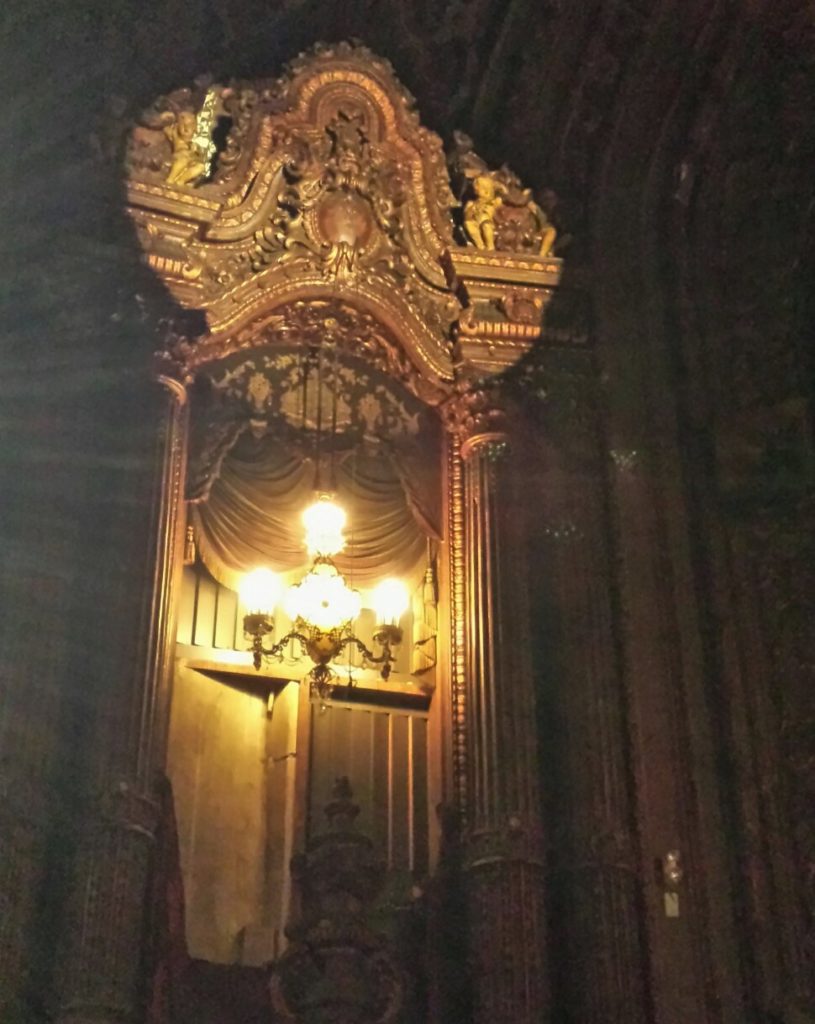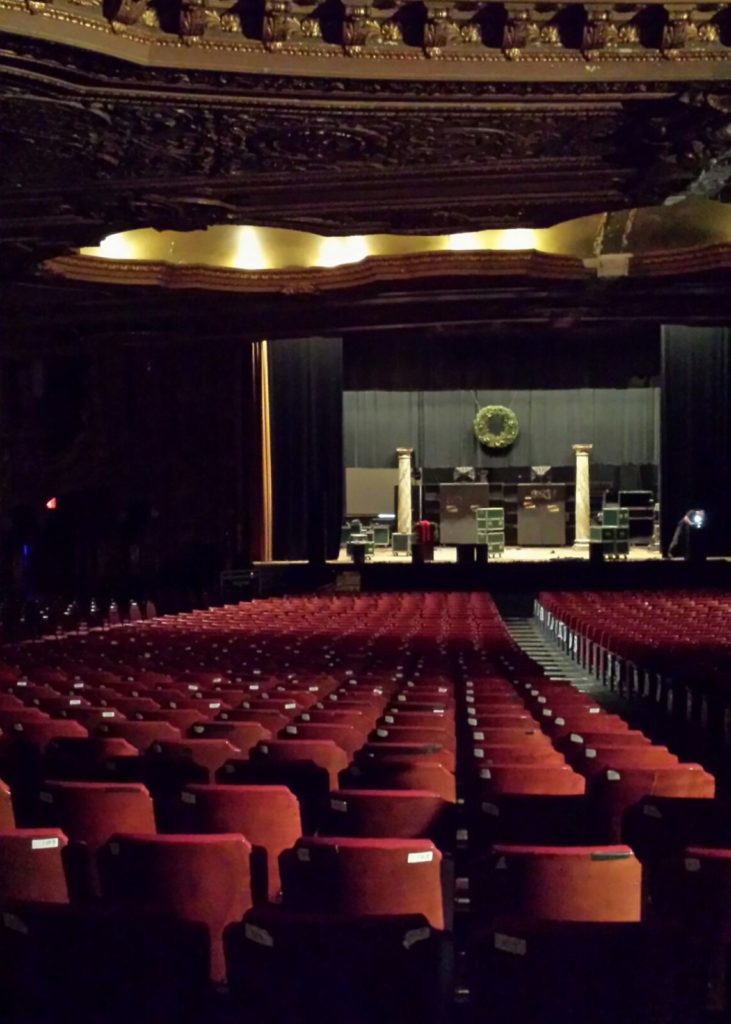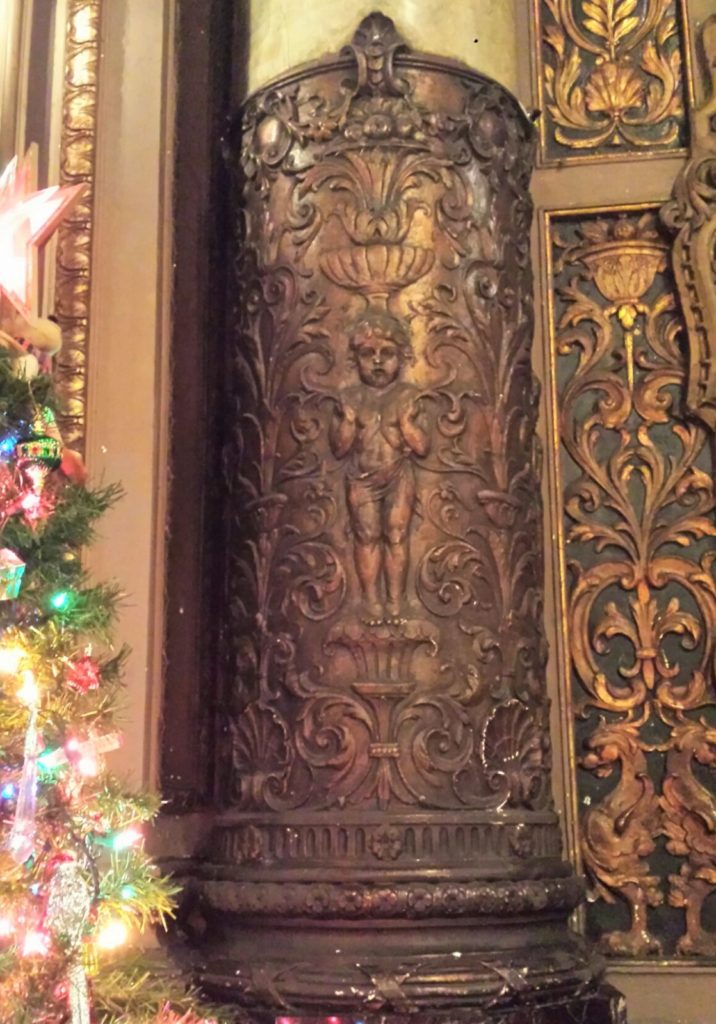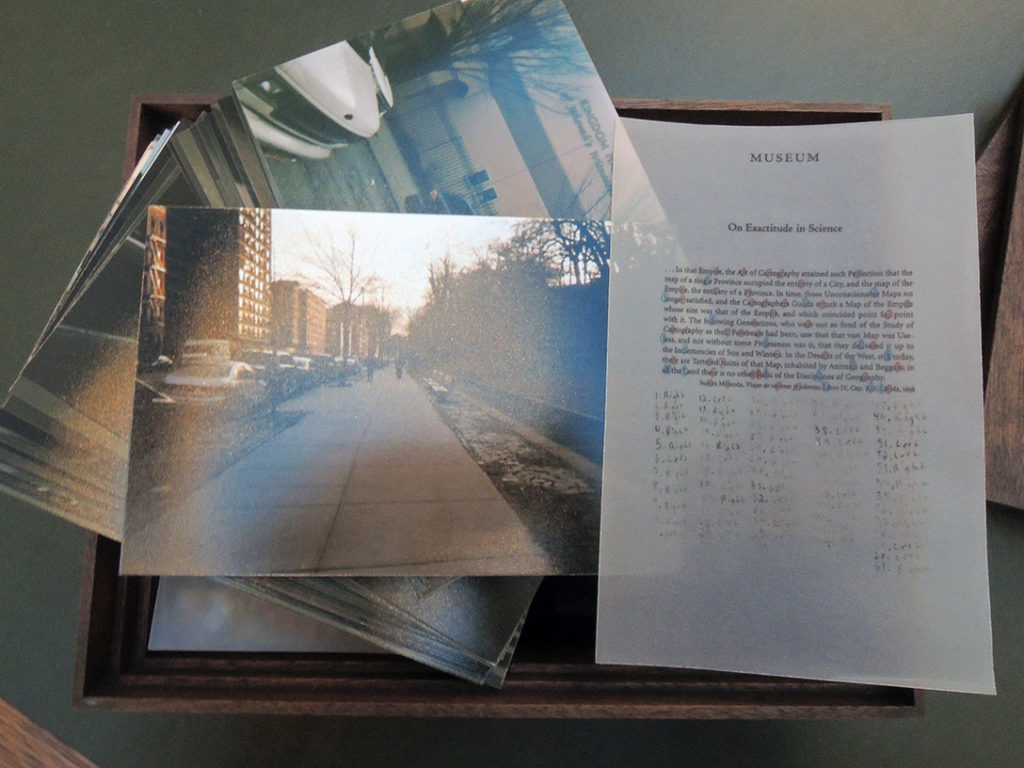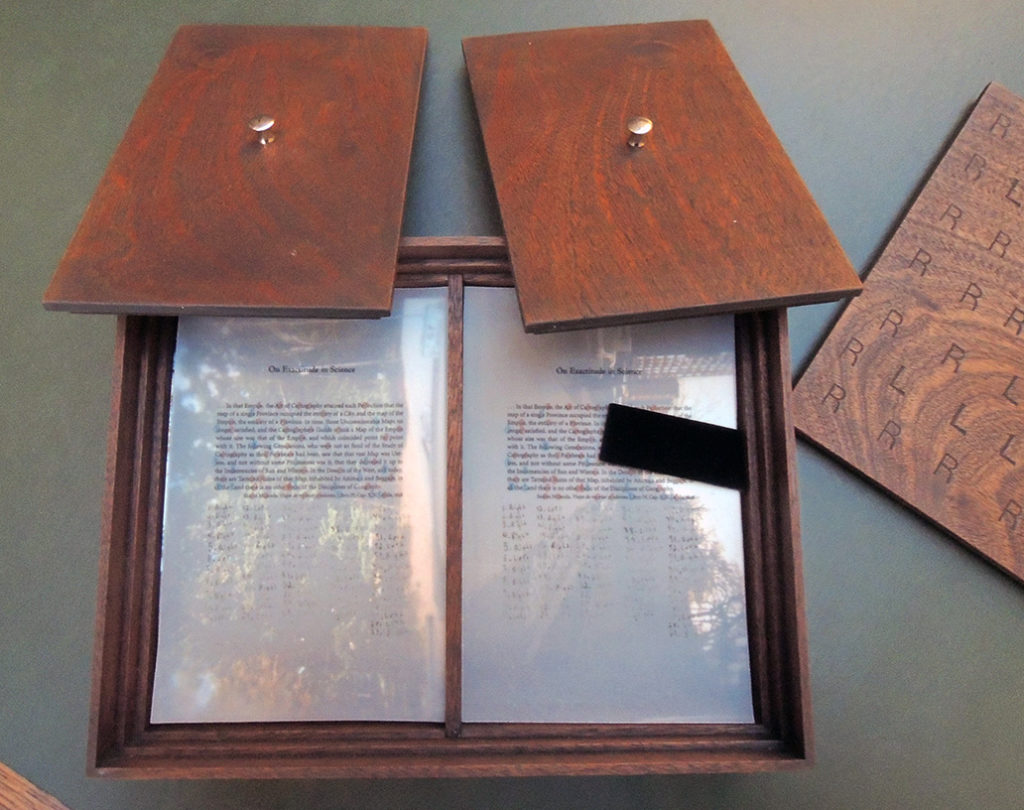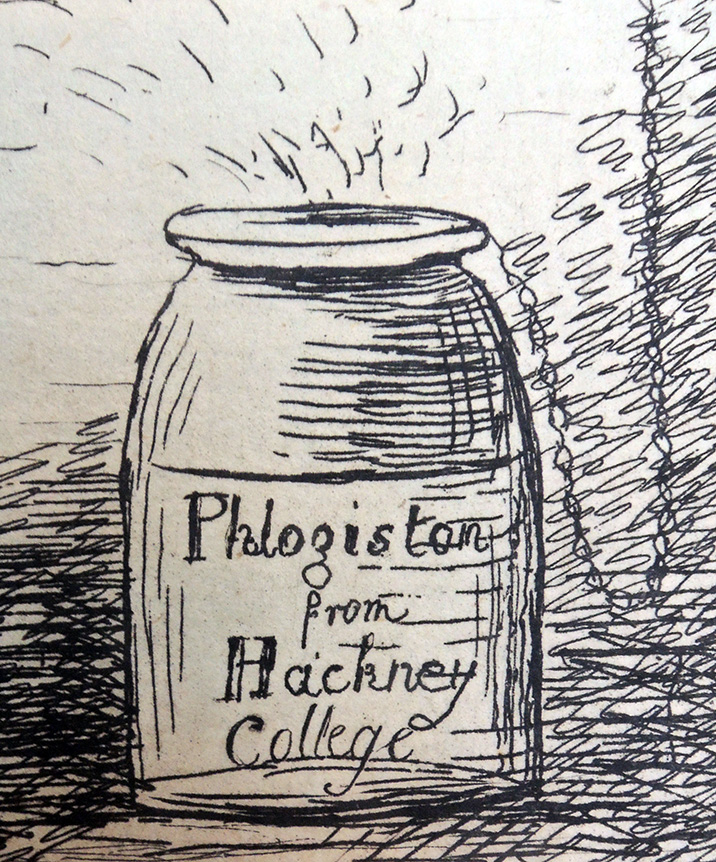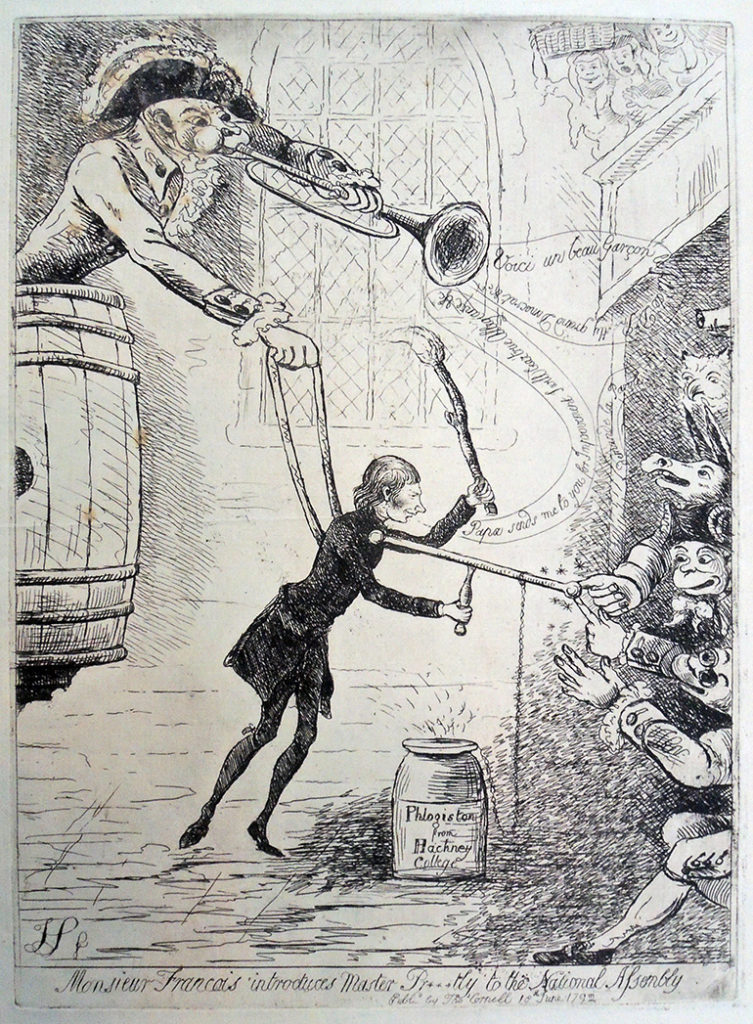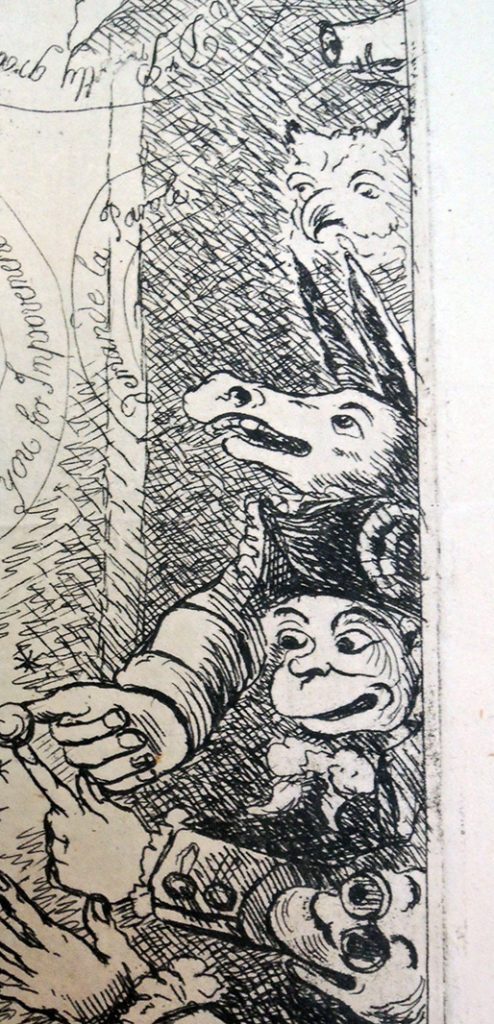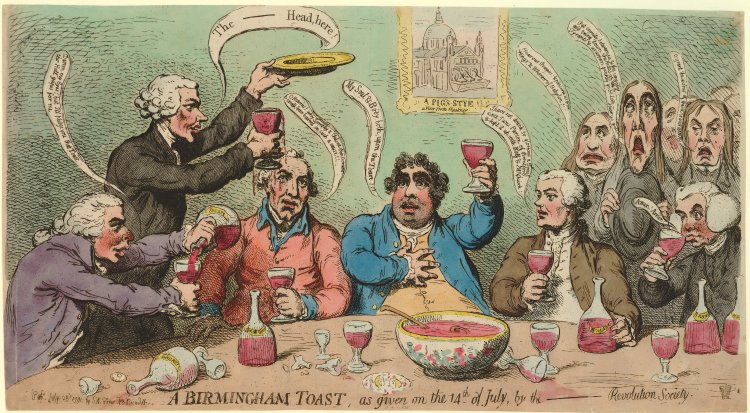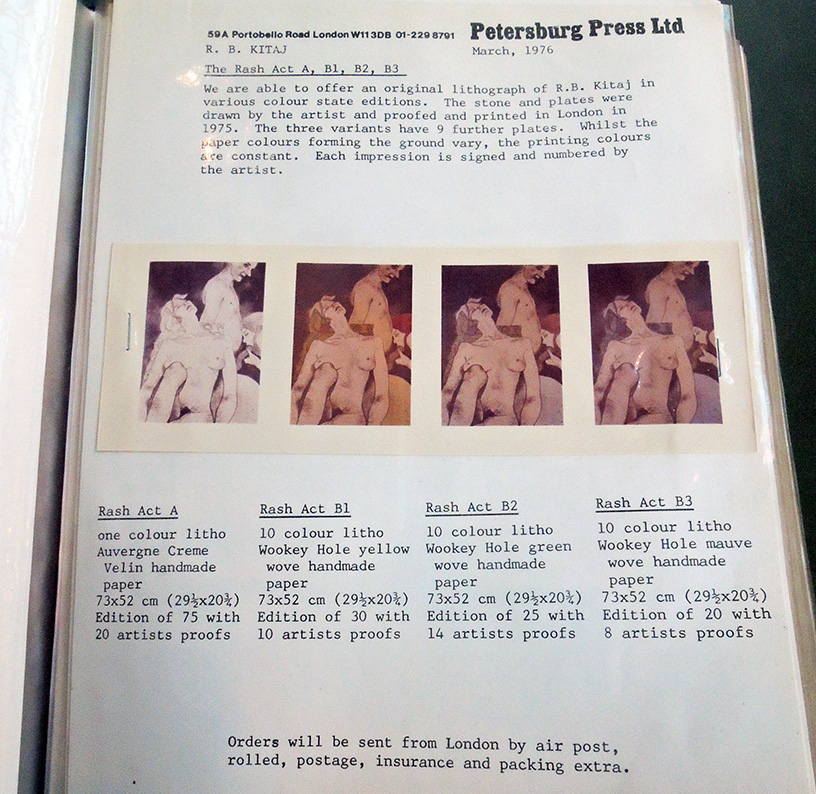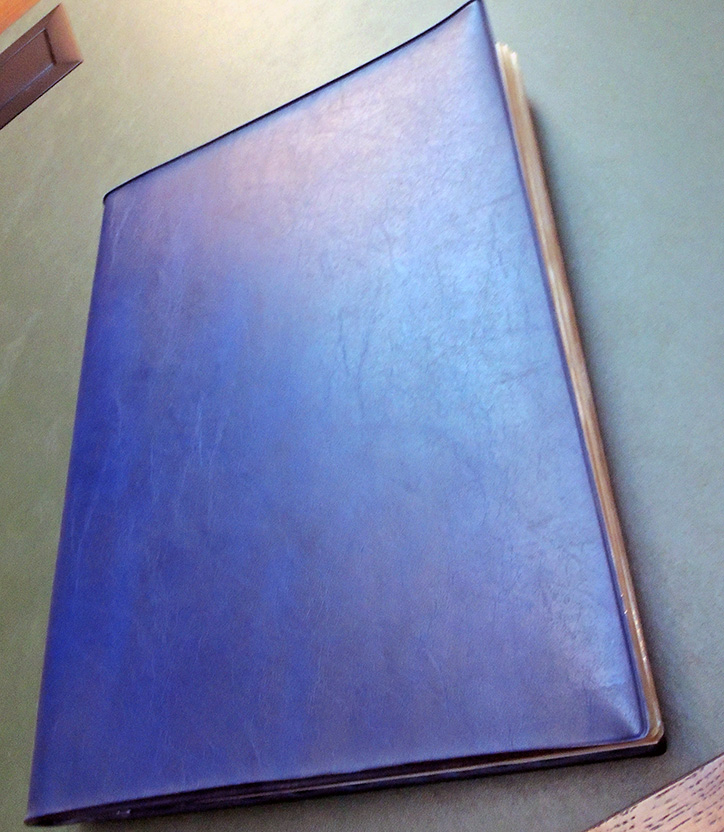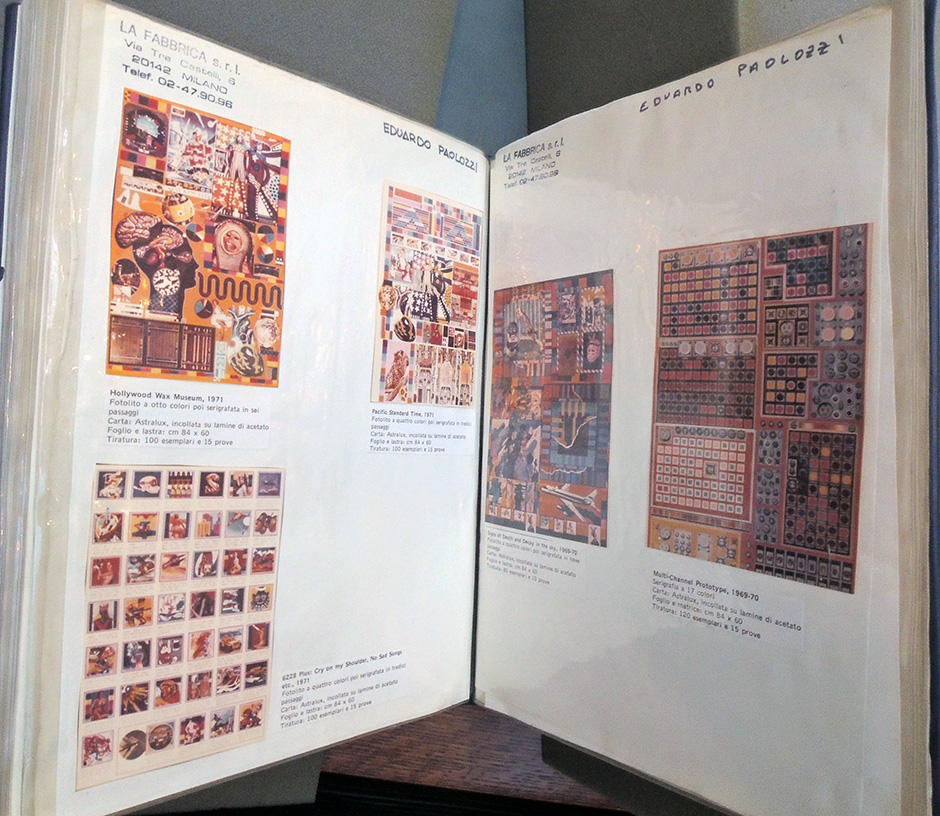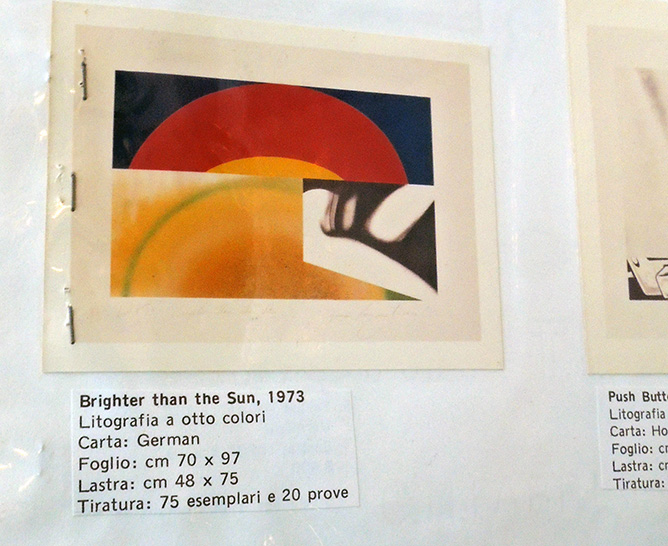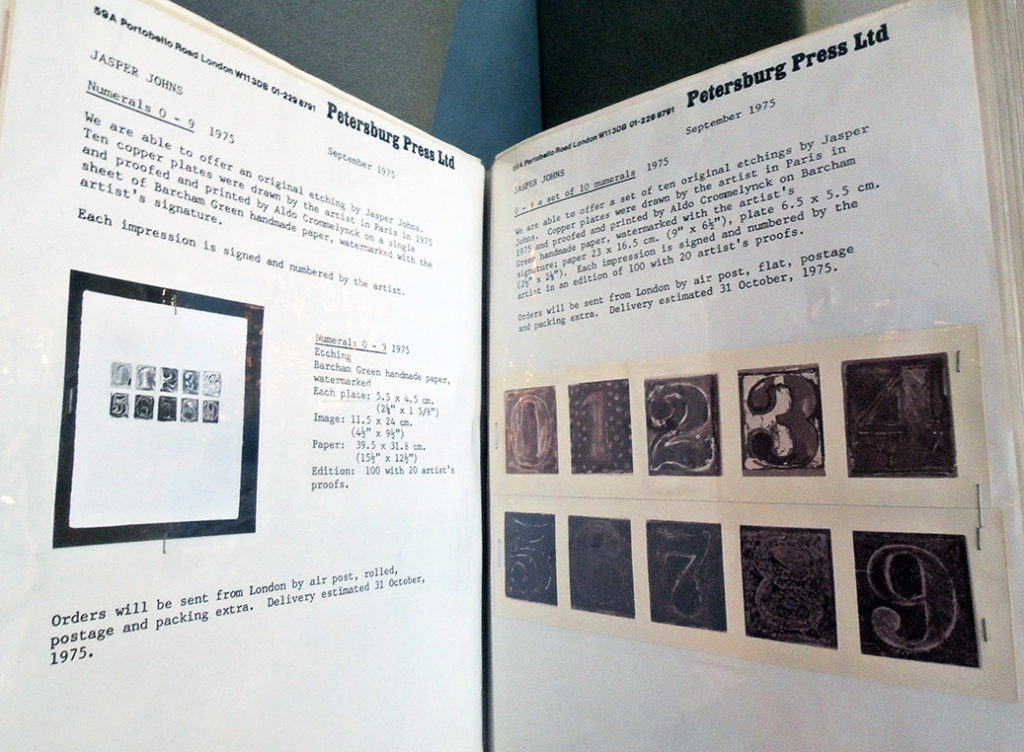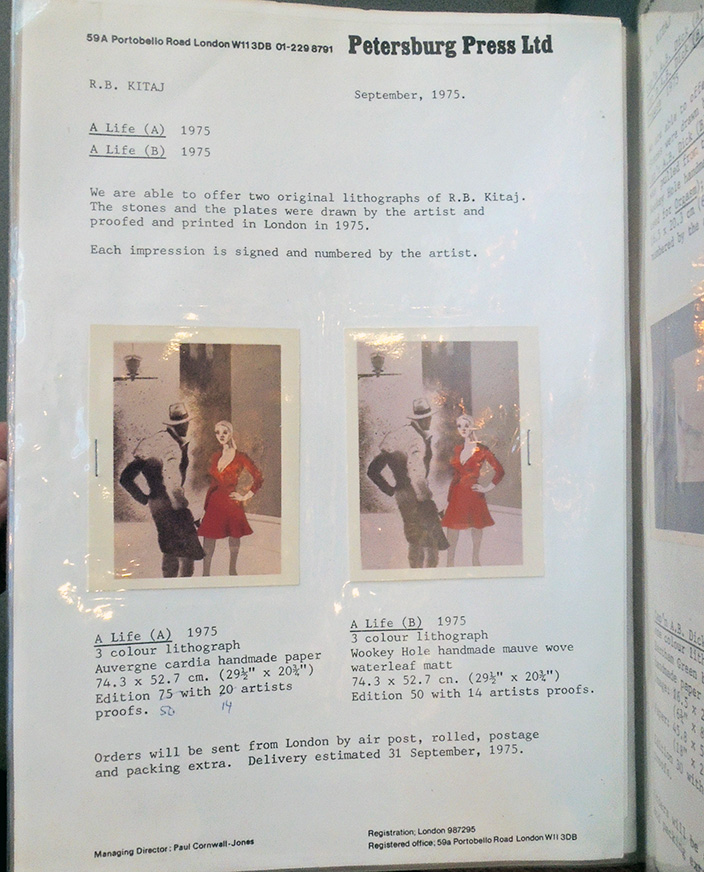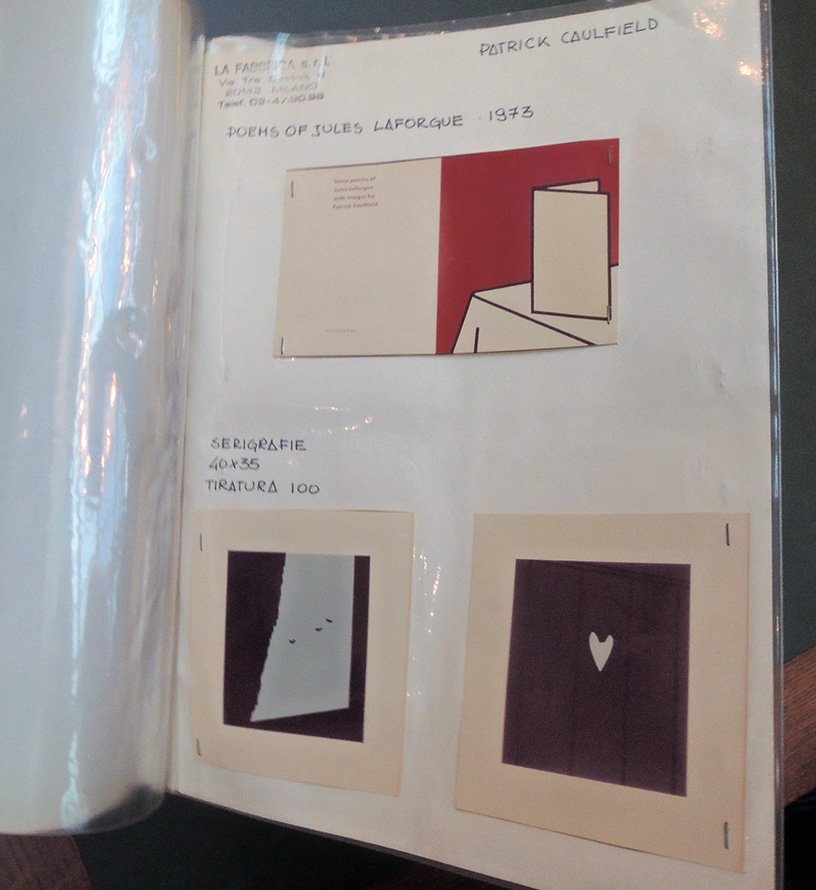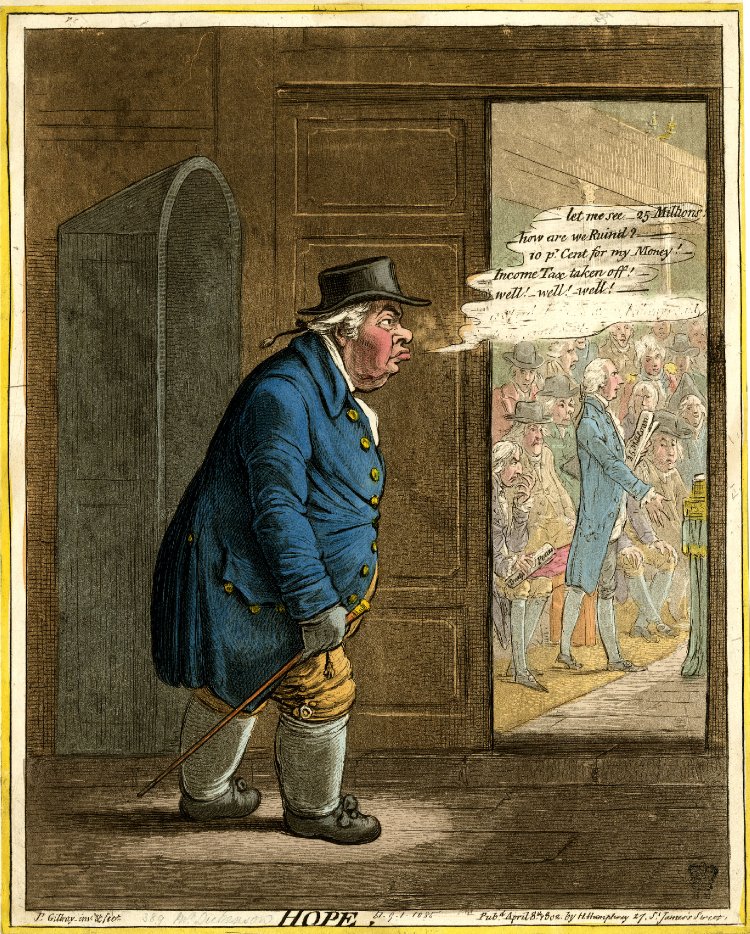
James Gillray (1756-1815), Hope, April 8, 1802. Hand colored etching with aquatint. Graphic Arts Collection GA 2006.01263. Gift of Dickson Q. Brown, Princeton University Class of 1895.
Interior view seen in full below:
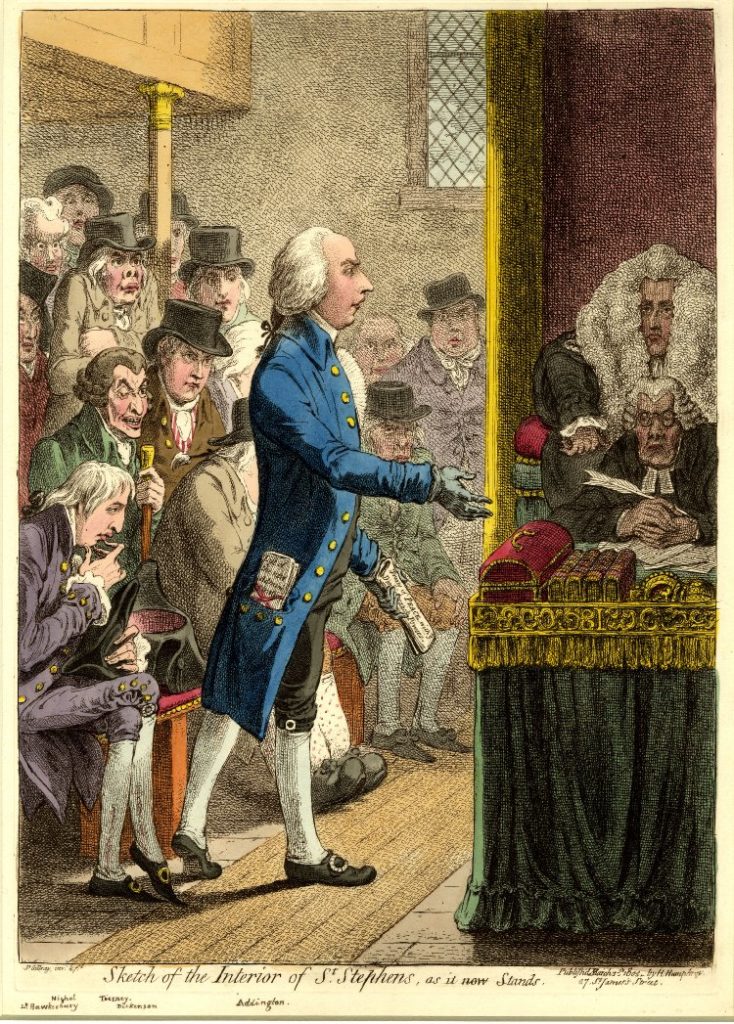
James Gillray (1756-1815), Sketch of the interior of St Stephens, as it now stands, March 1802. Hand colored etching with aquatint. Graphic Arts Collection GA 2006.01468. Gift of Dickson Q. Brown, Princeton University Class of 1895.
Companion print below:
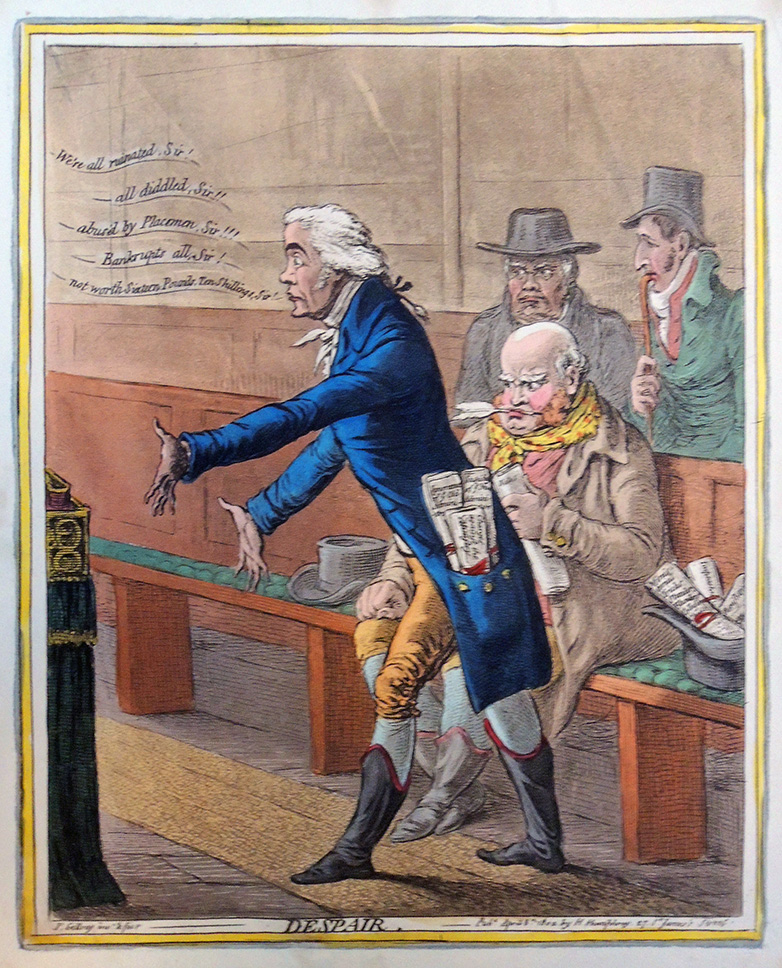 James Gillray (1756-1815), Despair, April 8, 1802. Hand colored etching with aquatint. Graphic Arts Collection GA 2006.01252. Gift of Dickson Q. Brown, Princeton University Class of 1895.
James Gillray (1756-1815), Despair, April 8, 1802. Hand colored etching with aquatint. Graphic Arts Collection GA 2006.01252. Gift of Dickson Q. Brown, Princeton University Class of 1895.
Impeachment remains in the hat along with ministerial tricks, plunders, blunders, and other misdemeanors.
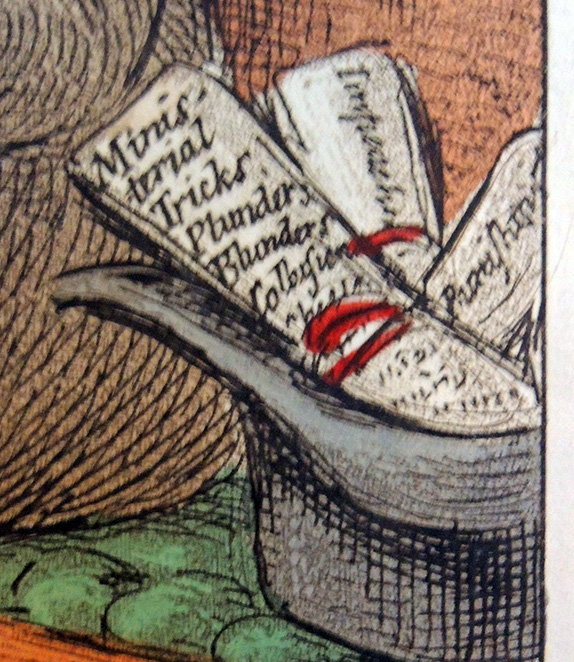
In the first print, fat MP William Dickinson (active 1796-1802) stands outside the door of the House of Commons, where Henry Addington, 1st Viscount Sidmouth (1757-1844) is speaking. Dickinson mumbles, “let me see – 25 Millions! how are we Ruin’d? – 10 pr Cent for my Money! – income tax taken off! – well! – well! – well! – .”
On April 2, 1802, Dickinson seconded the Clergy Non-Residence Bill and on April 4, in the companion print, Richard Bateman Robson (active 1802) announced that the finances of the Government were desperate and that it could not pay its bills. He says “We’re all ruinated, Sir! – all diddled, Sir!! – abus’d by Placemen, Sir!!! – Bankrupts all, Sir! – not worth Sixteen Pounds, Ten Shillings, Sir! ”
In his coat are papers, “Ignorance of ye Old Administration; Stupidity of ye New Administration; Charges against the Ministry”. In his hat, “Ministerial Tricks, Plunders, Blunders, Collusion; Impeach[ment]; Punishm[ent].
On April 5, Henry Addington made a dramatic budget speech (in his hand is a paper inscribed: 25 Mill. Loan) announcing a loan of £25,000,000. He successfully abolishes Pitt’s income tax, although it is reintroduced by Addington in 1803.

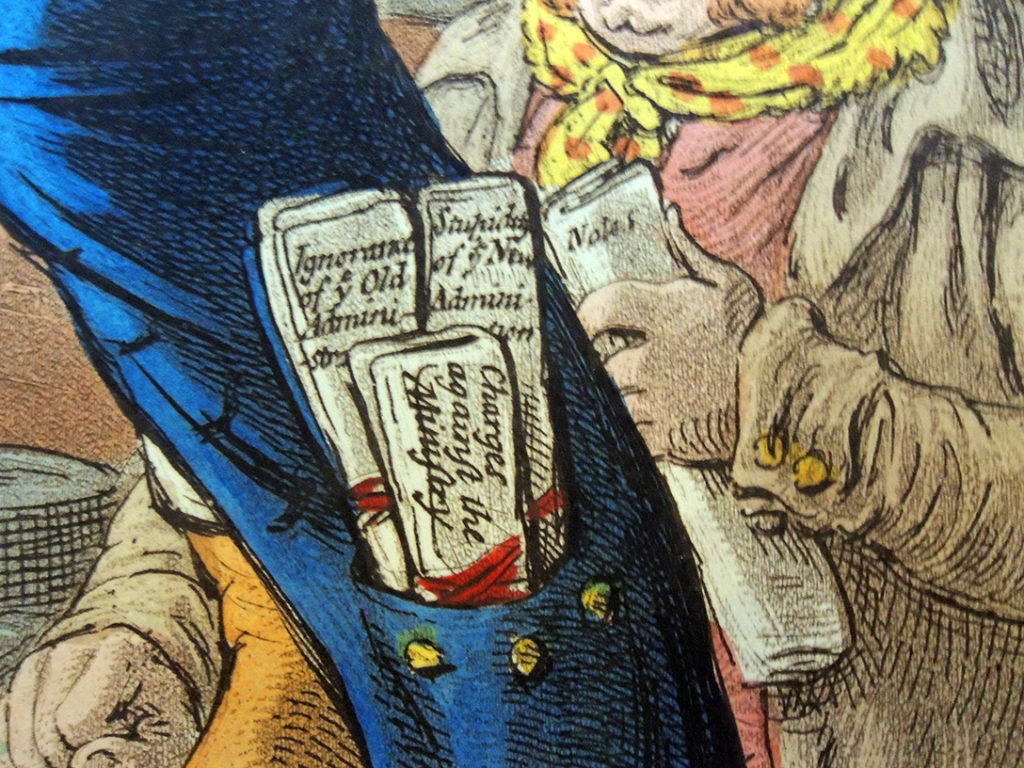


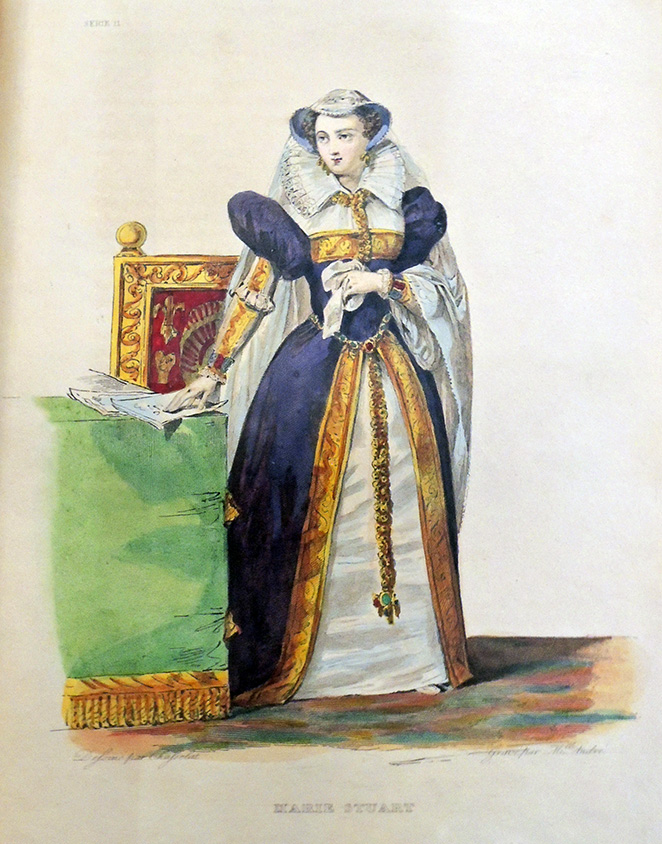
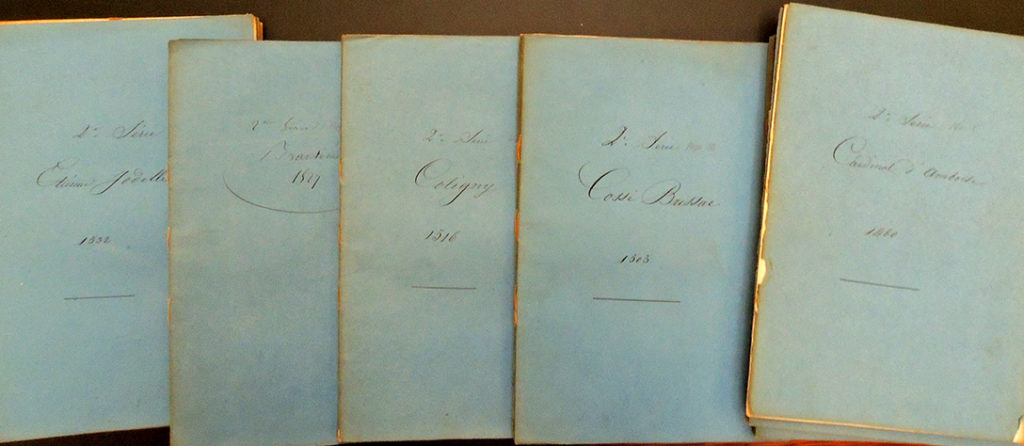
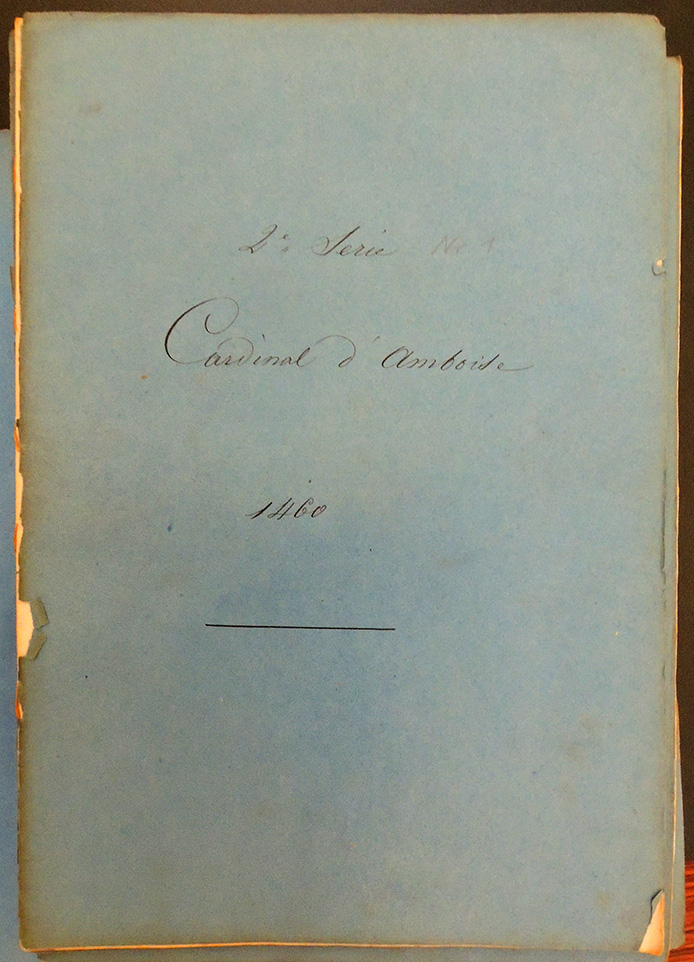
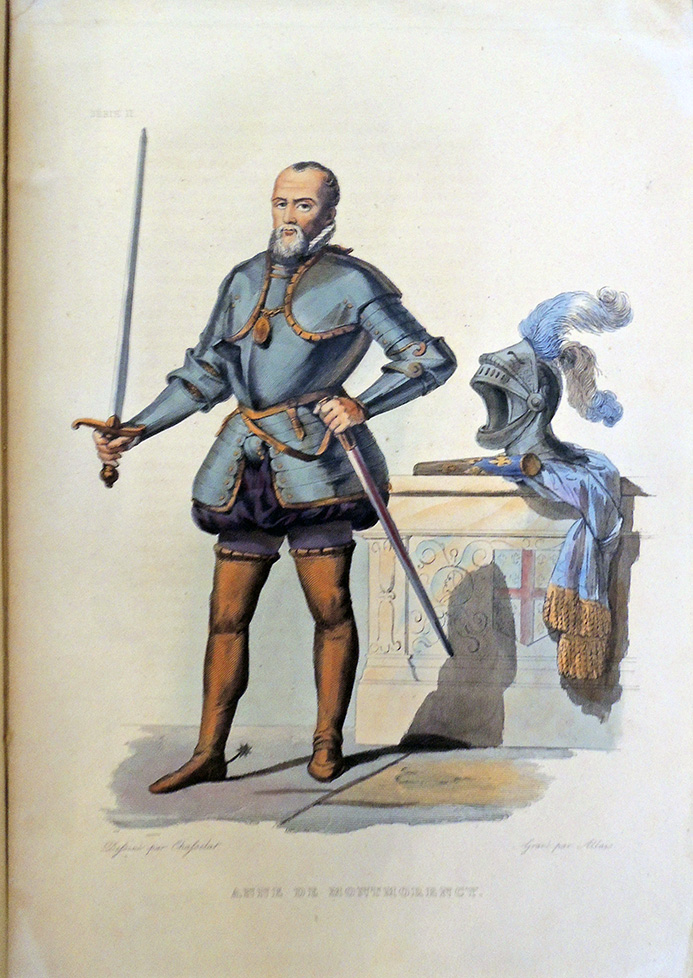

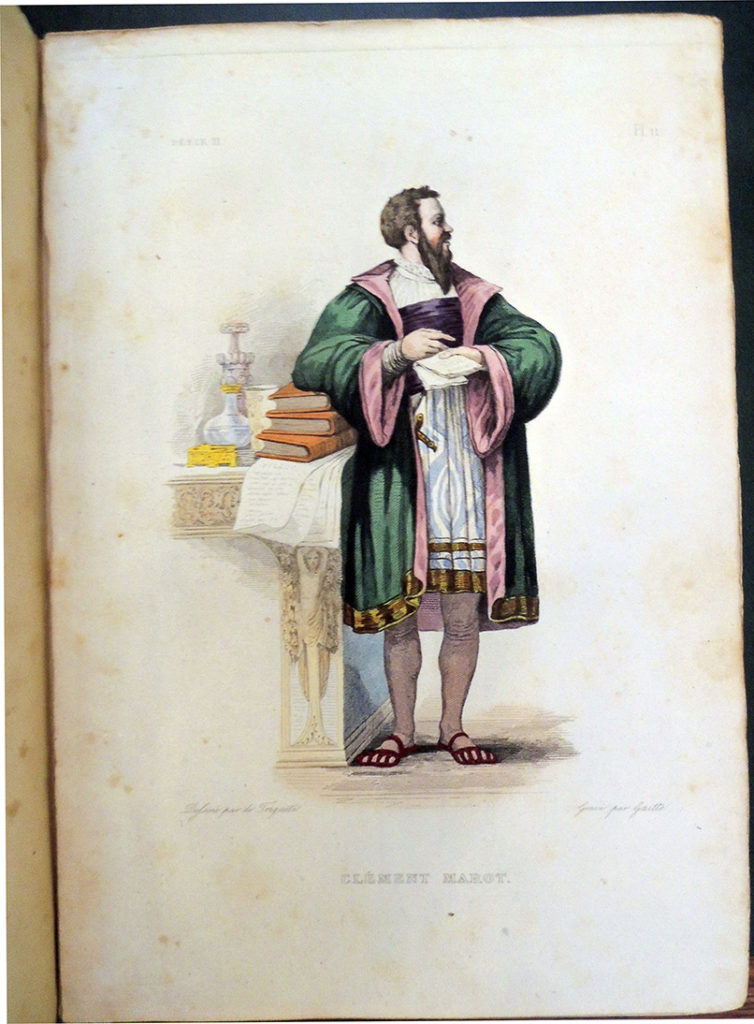
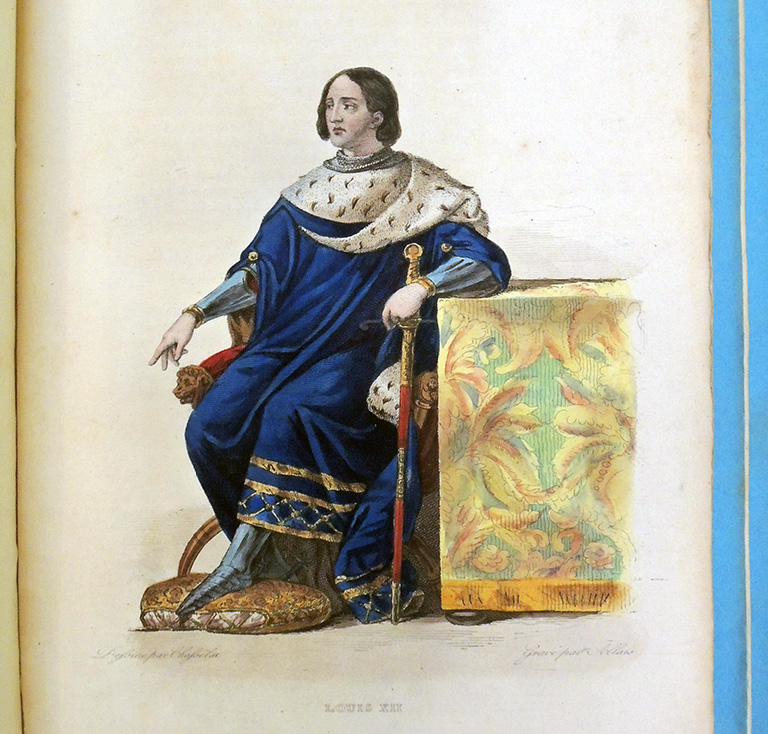
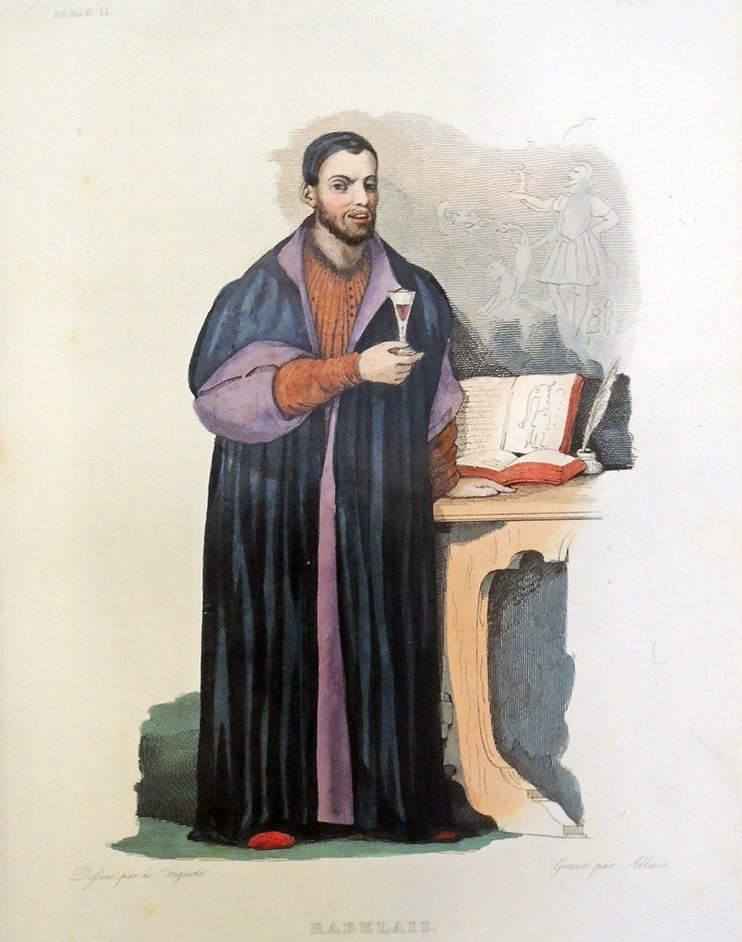
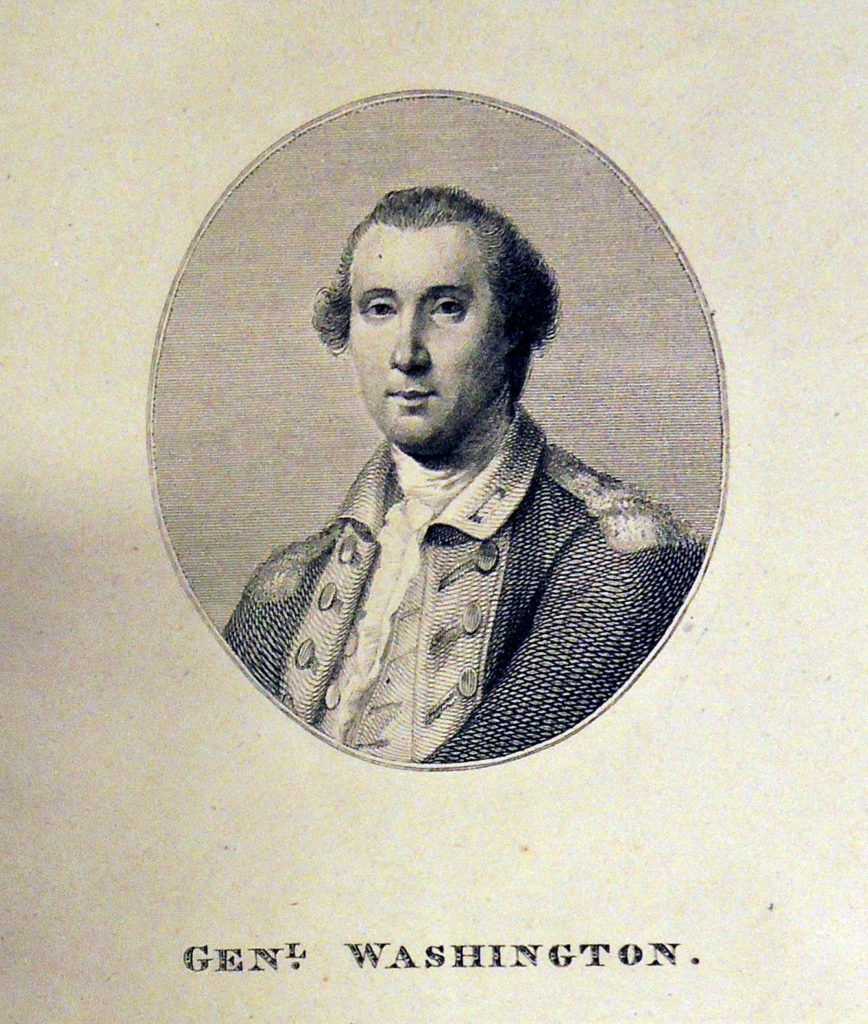
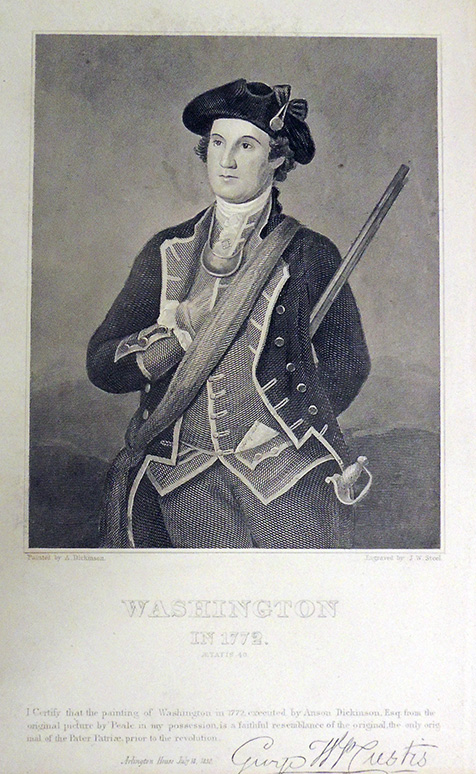
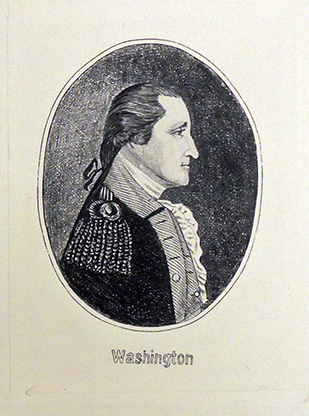
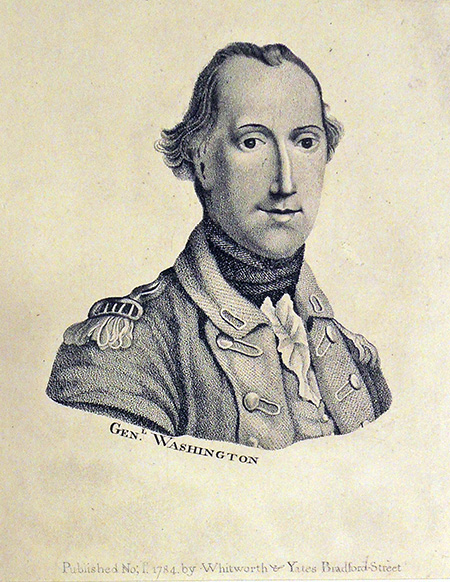
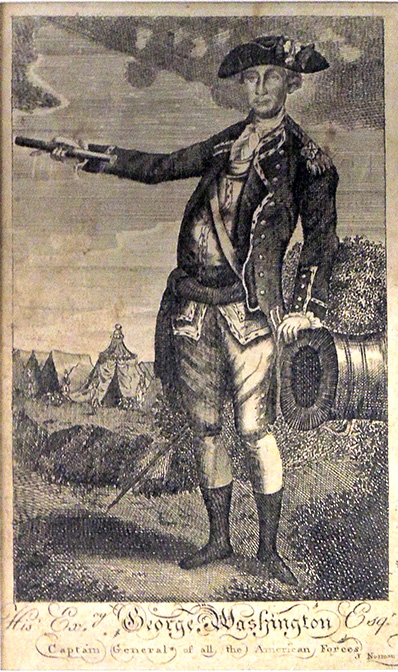
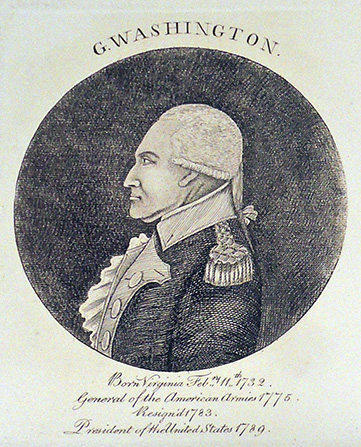
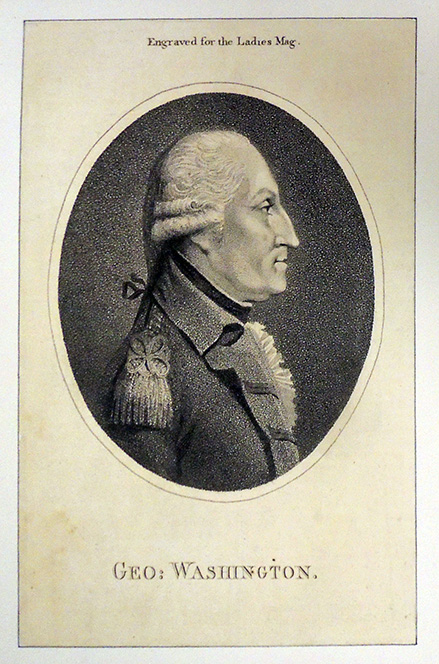
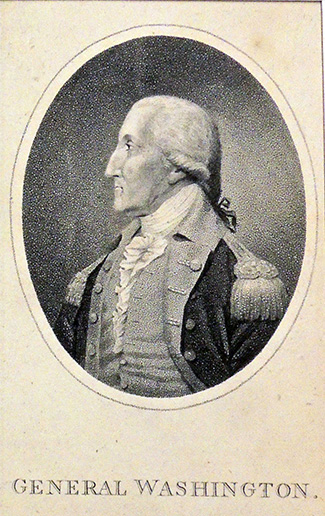
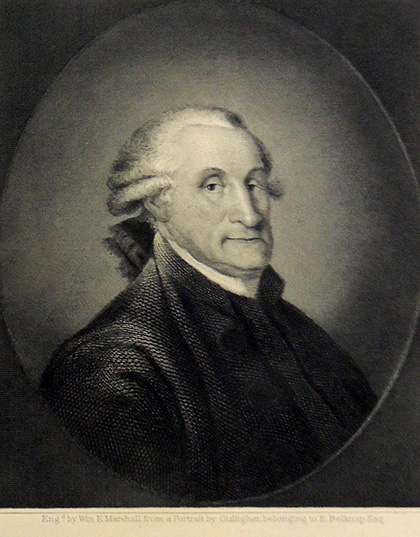

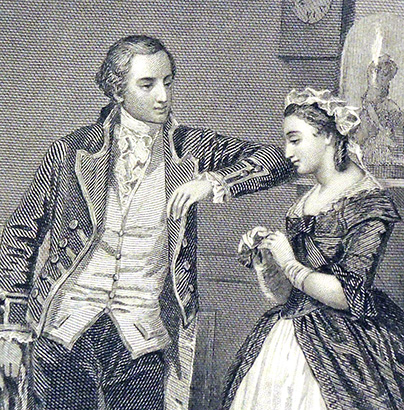

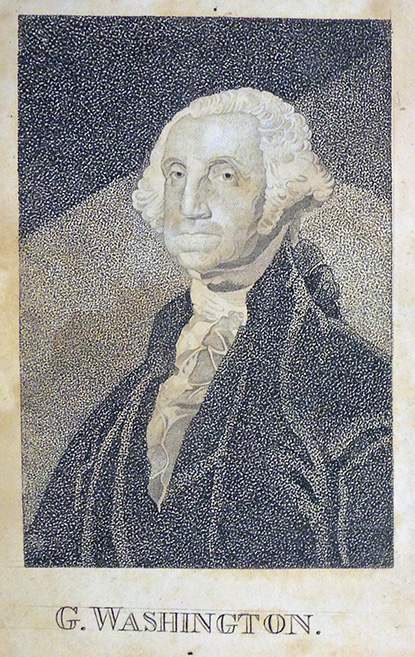
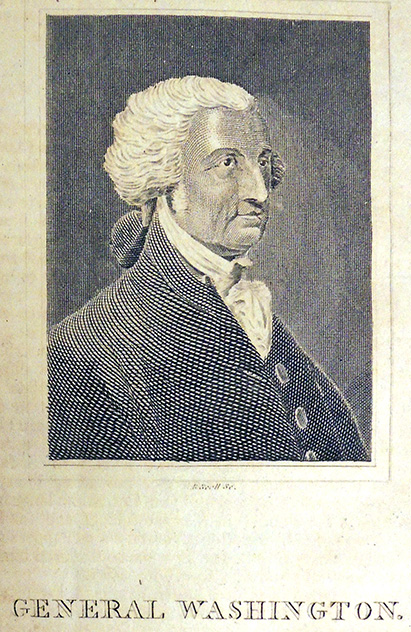
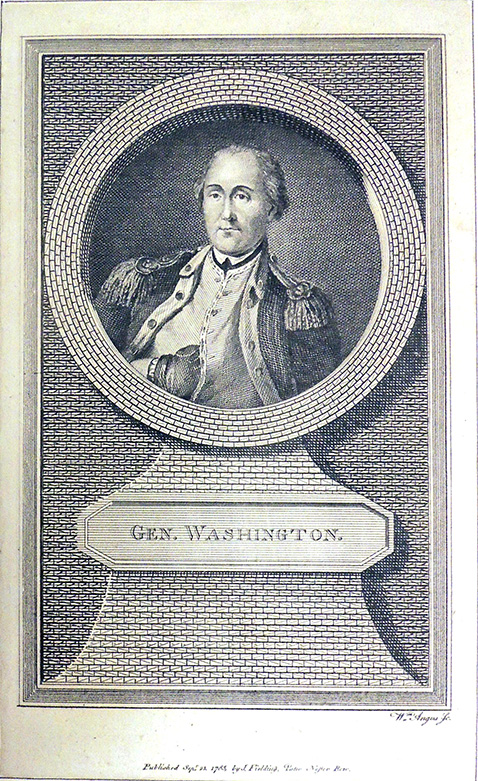
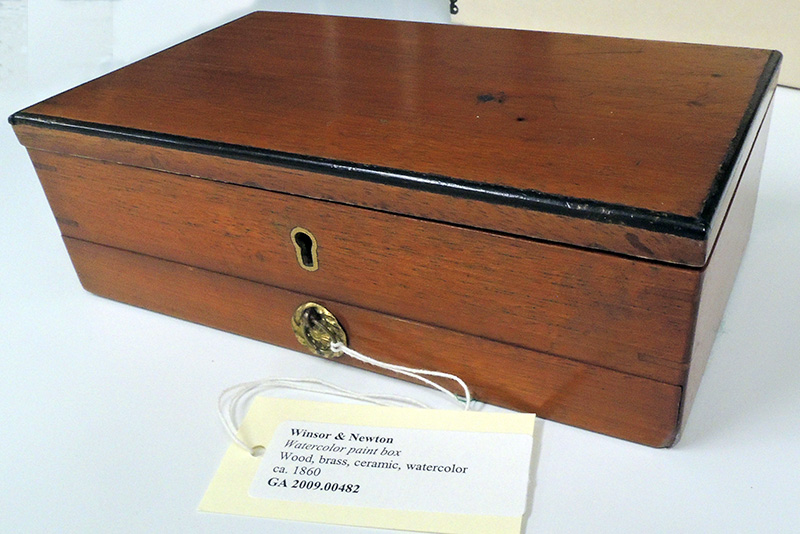
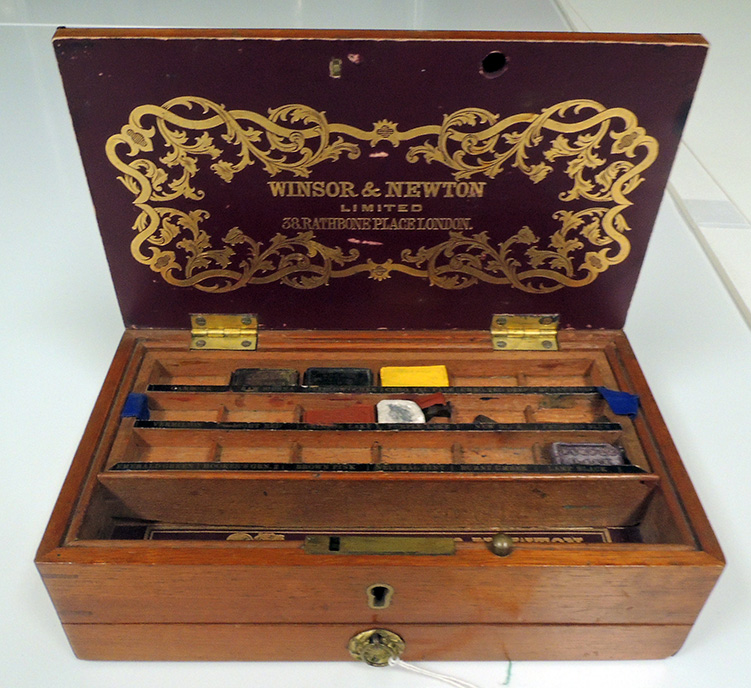
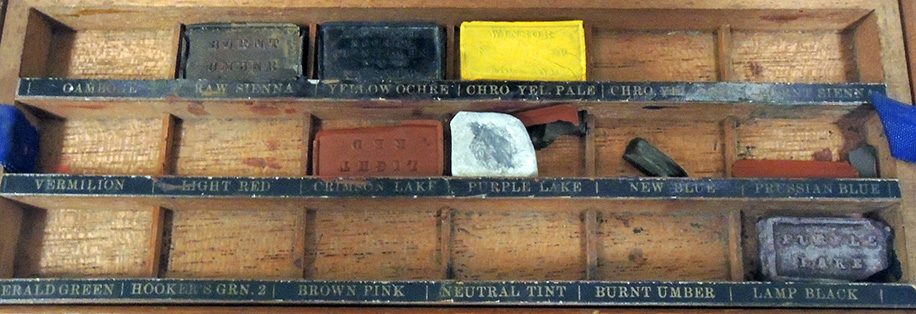
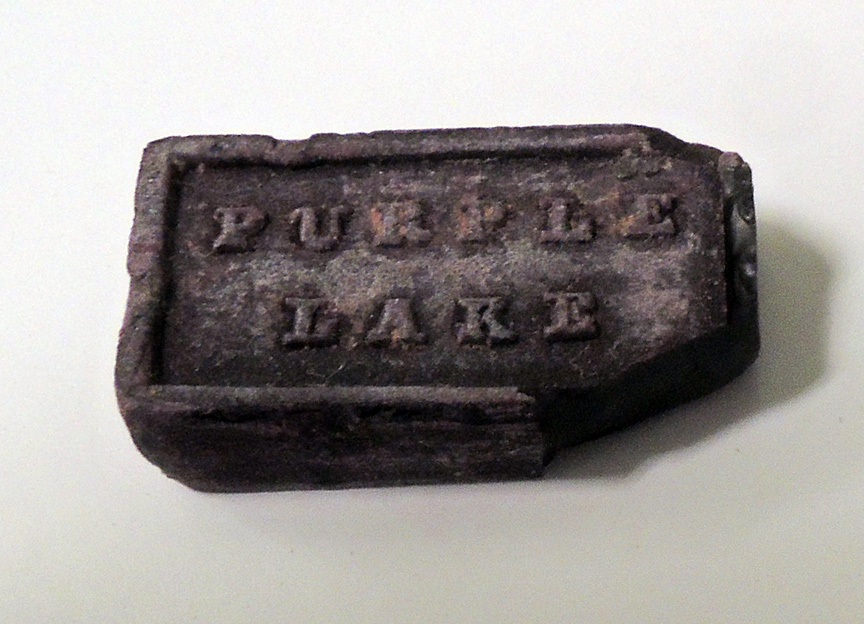
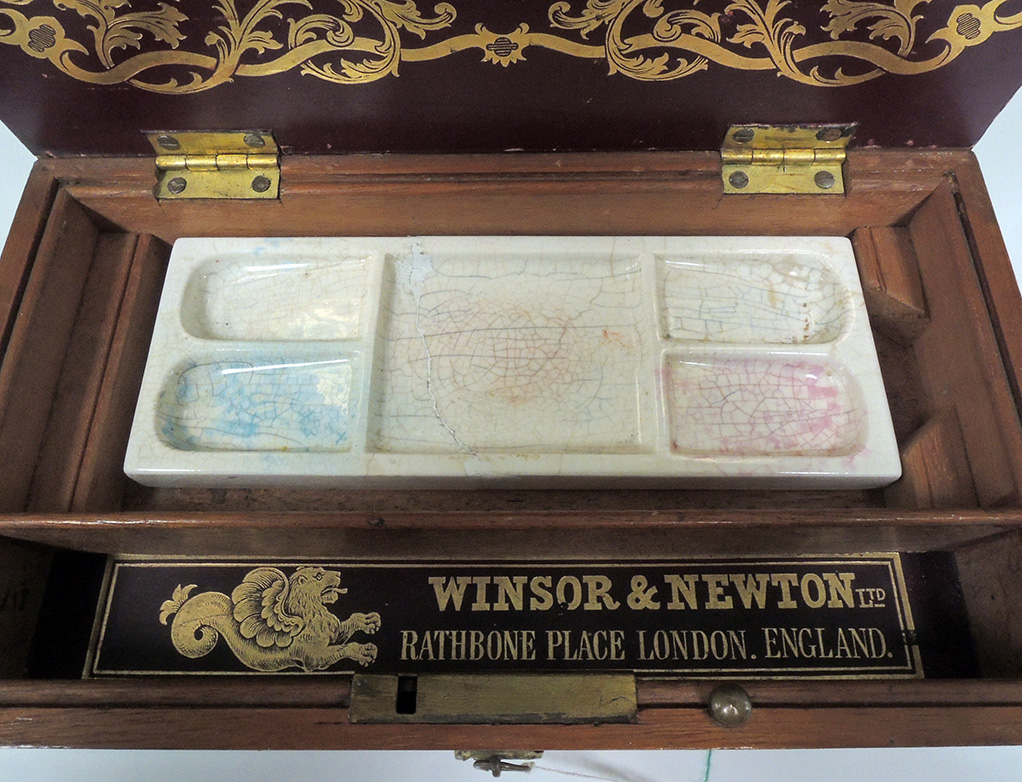
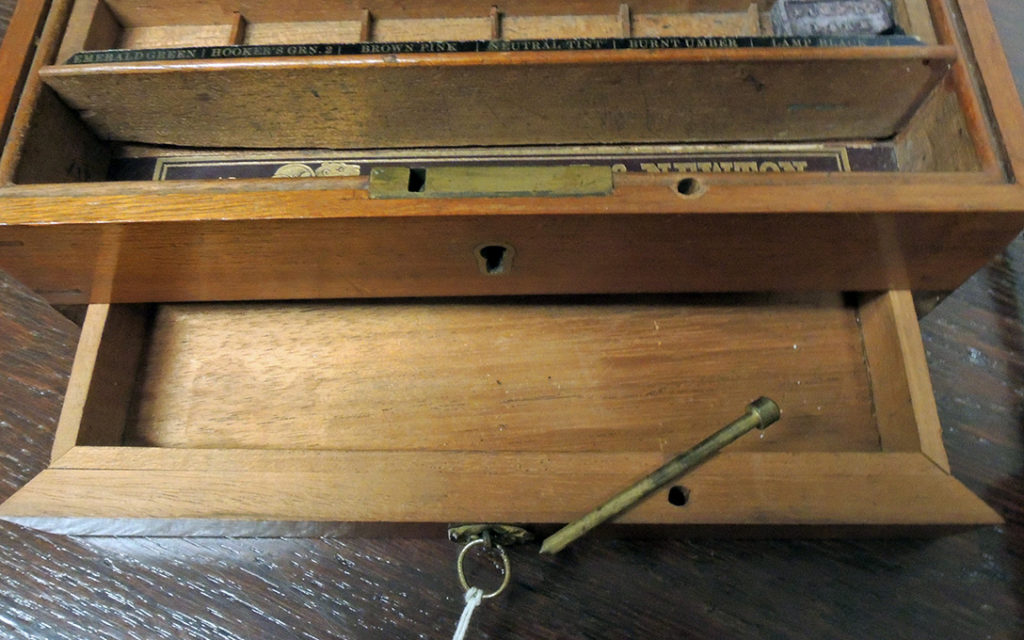
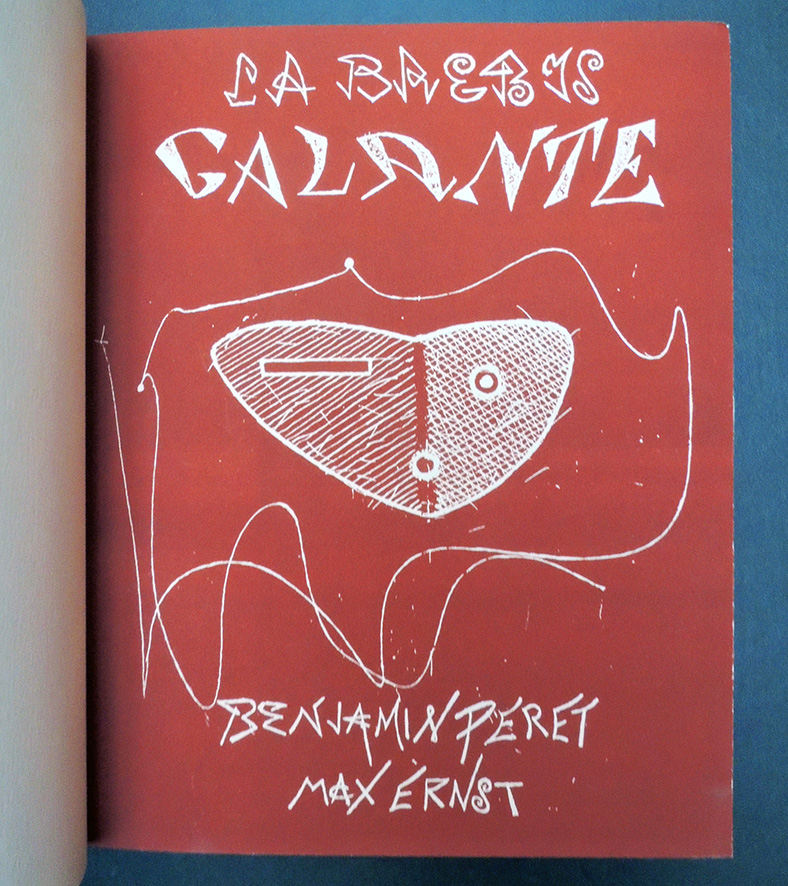

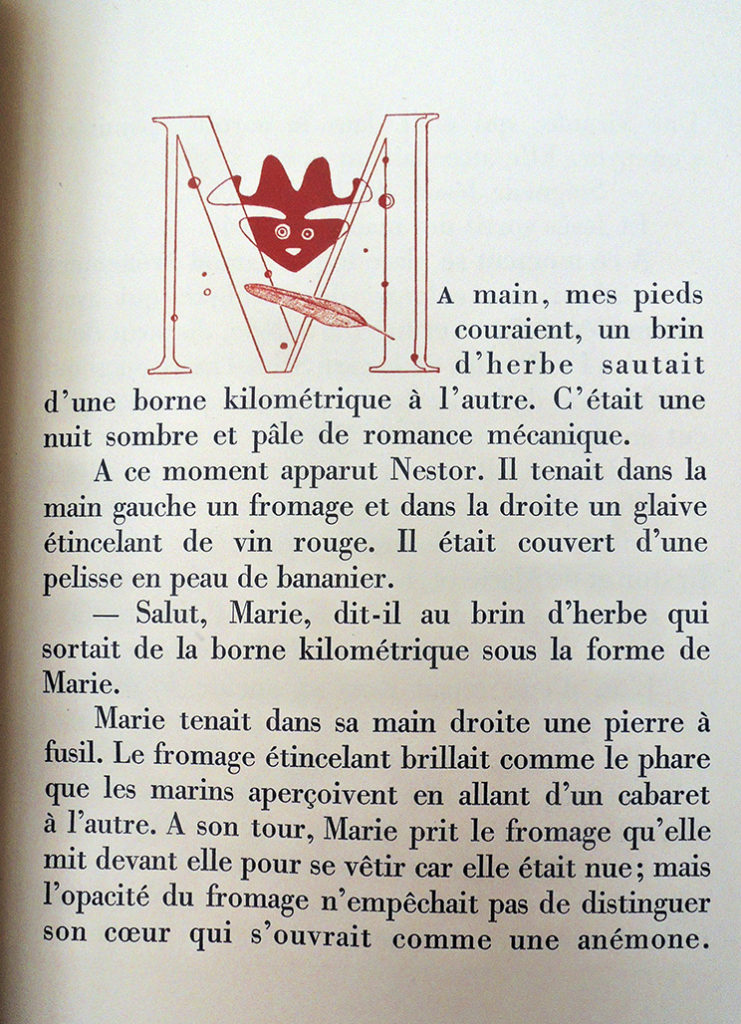
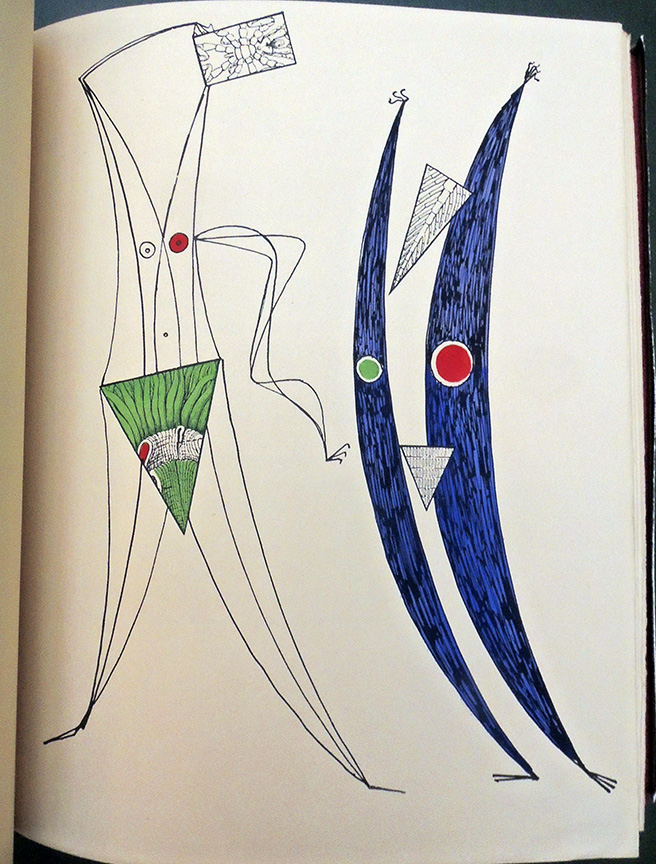
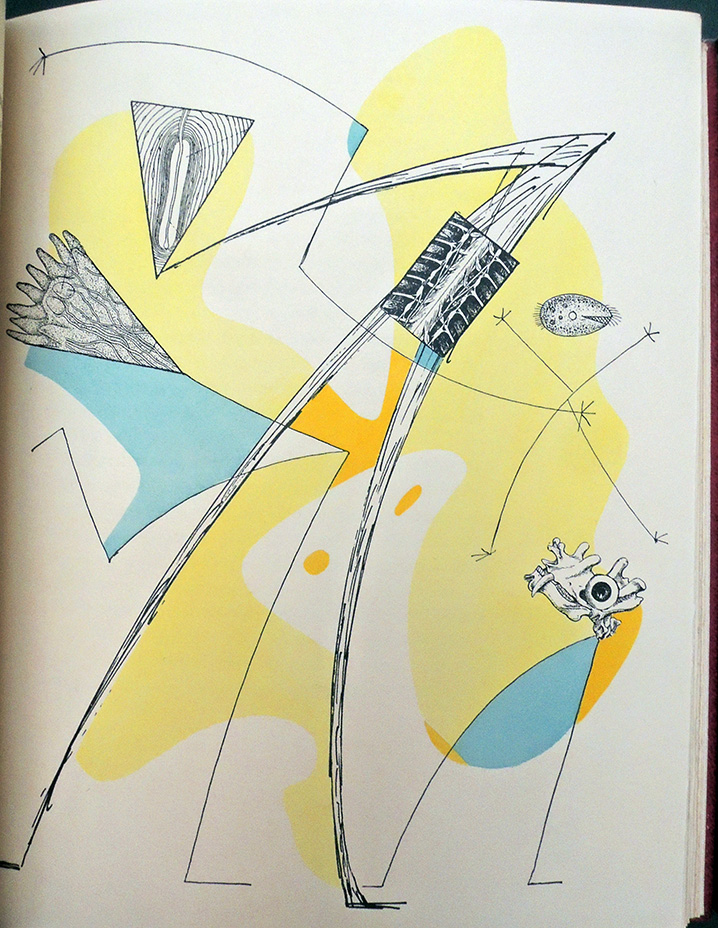
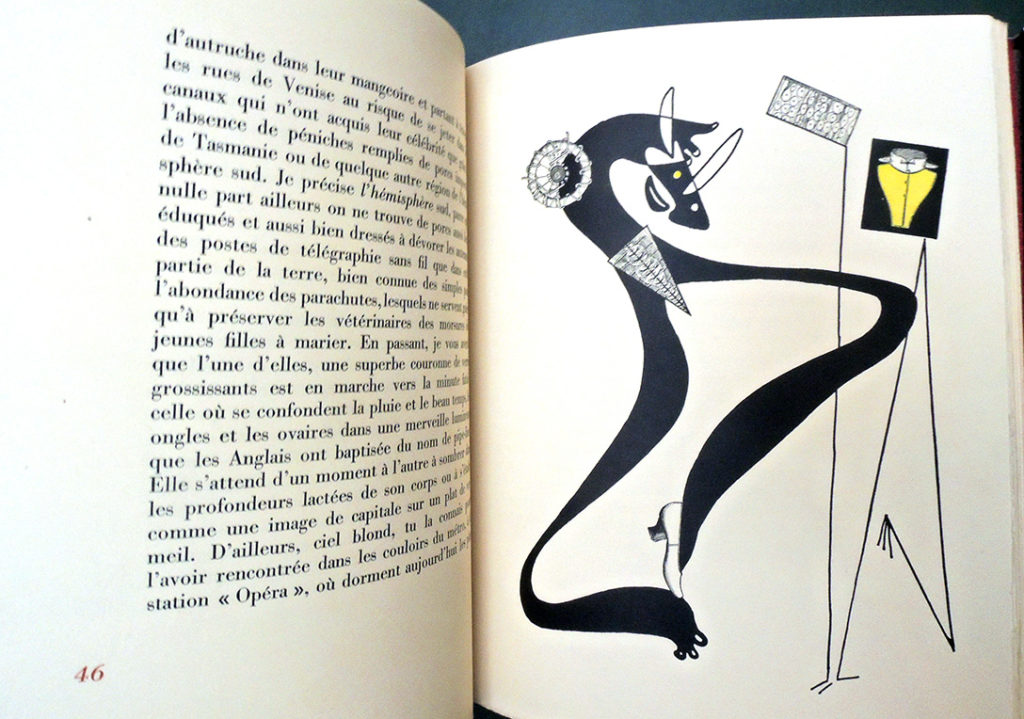
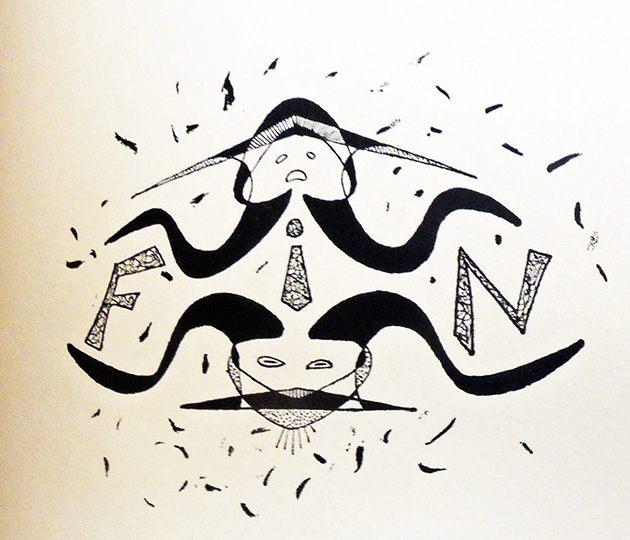

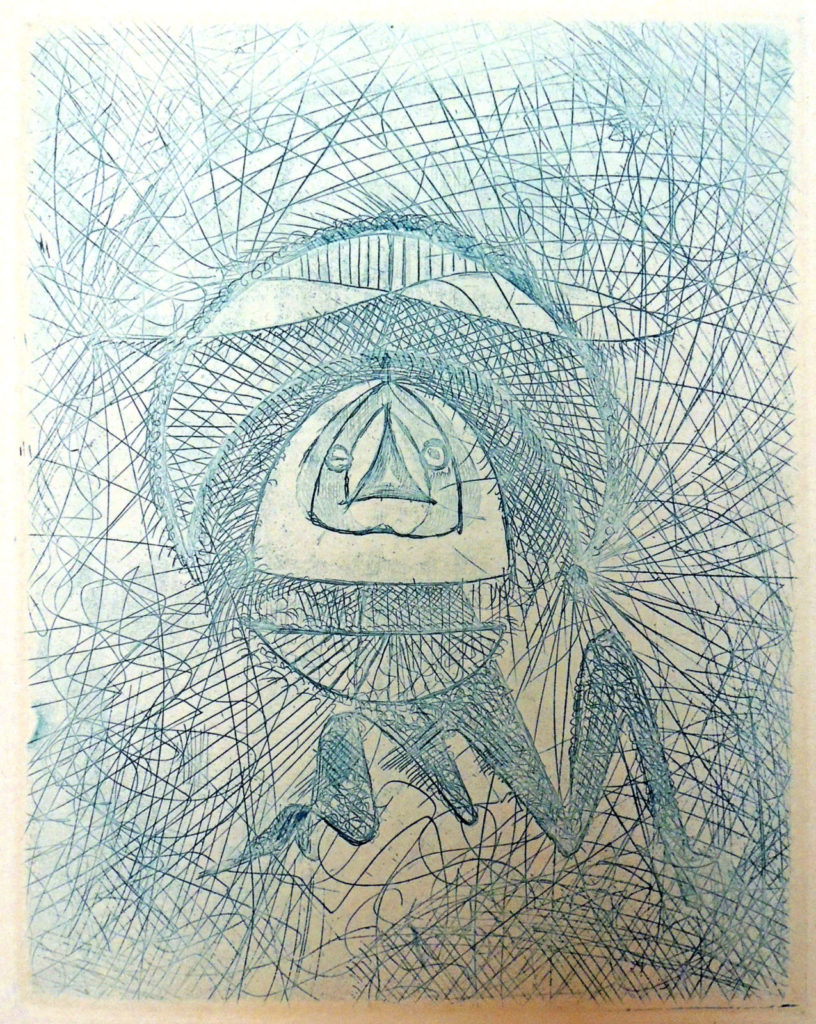
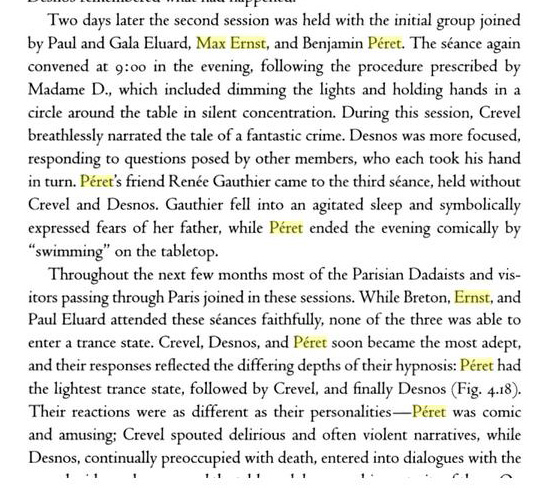
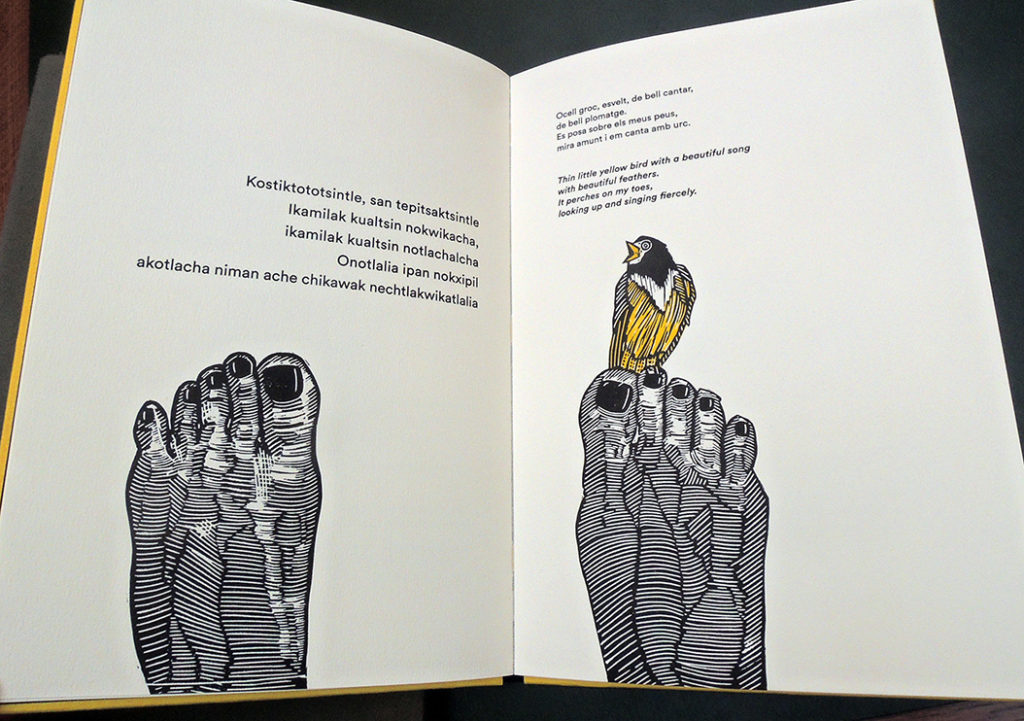
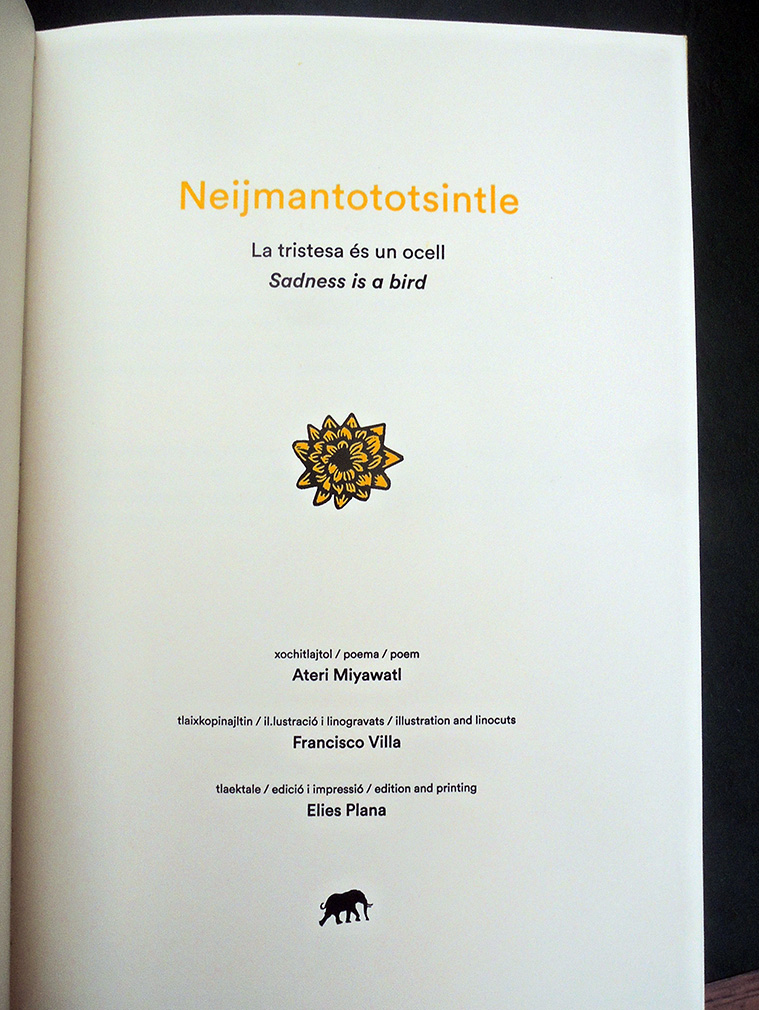
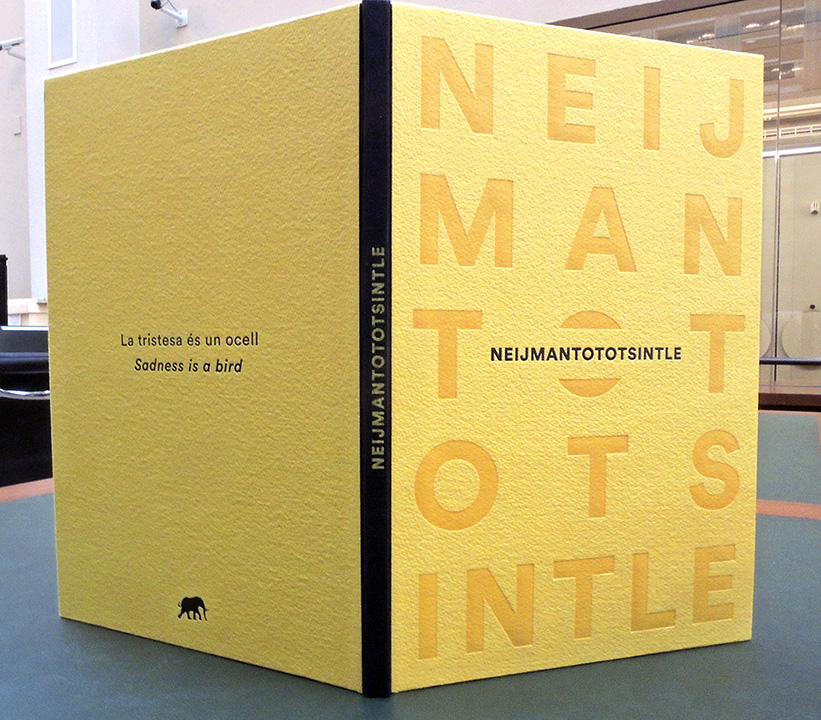
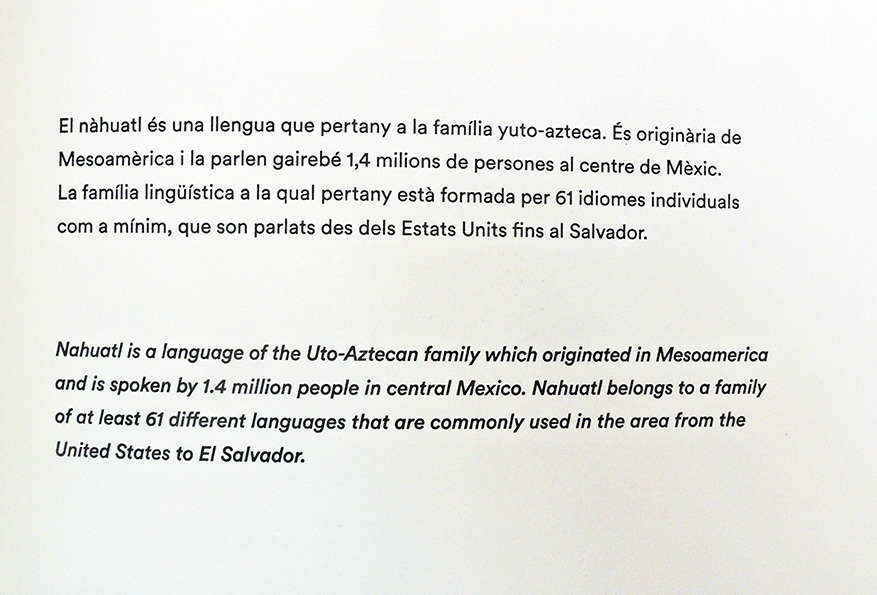
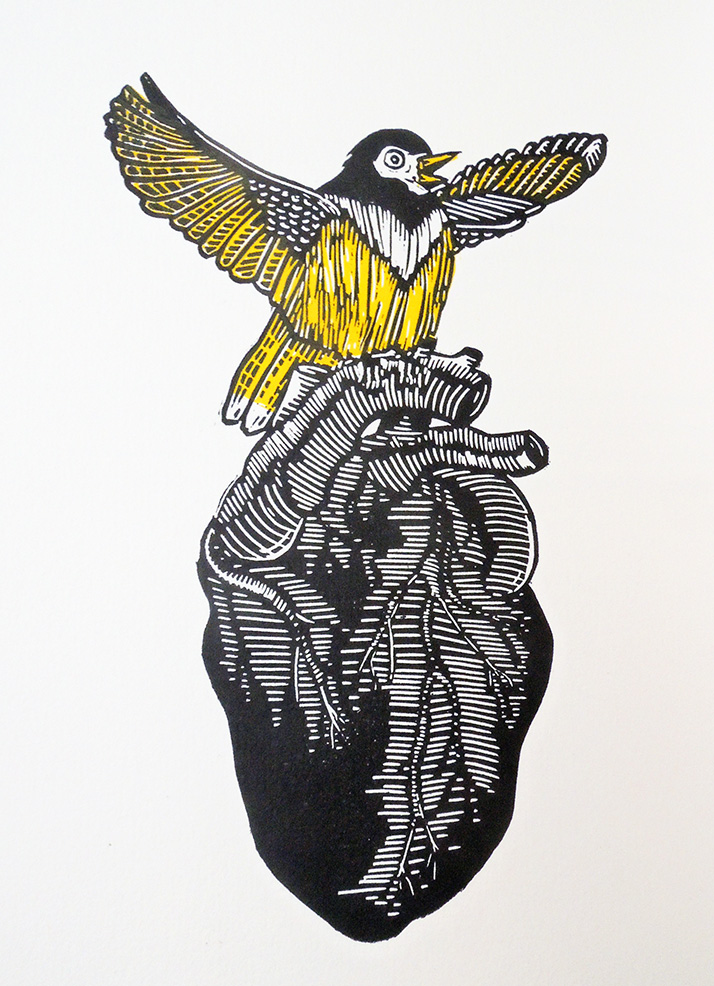
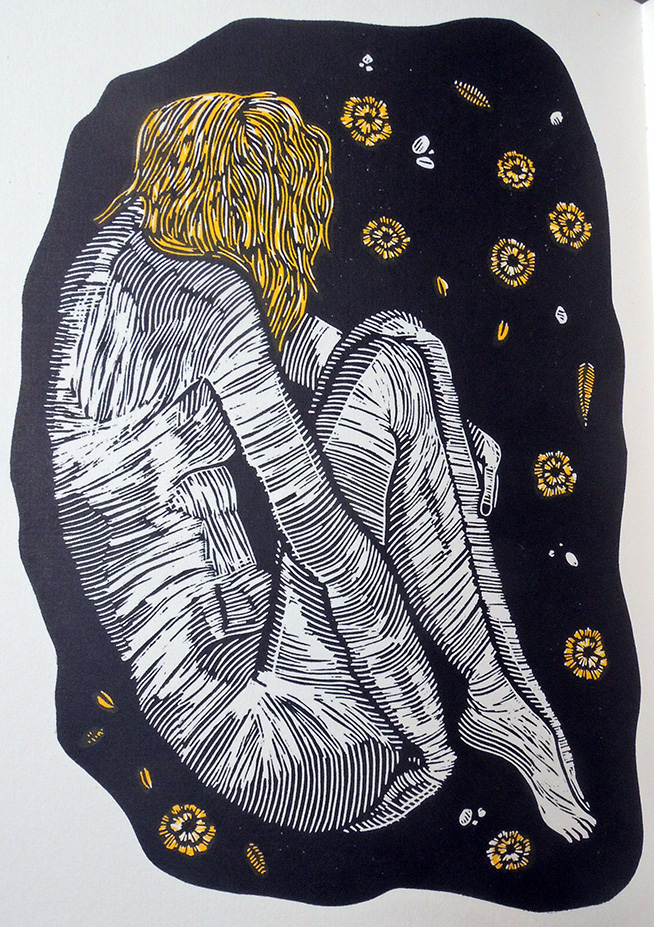

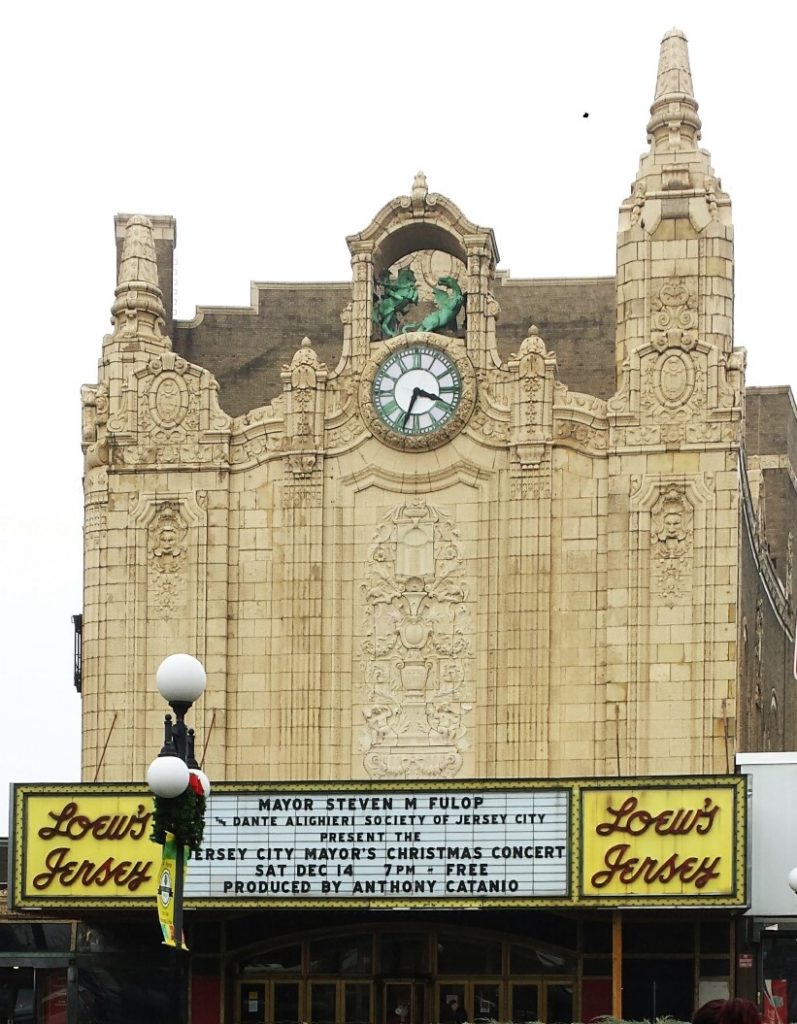
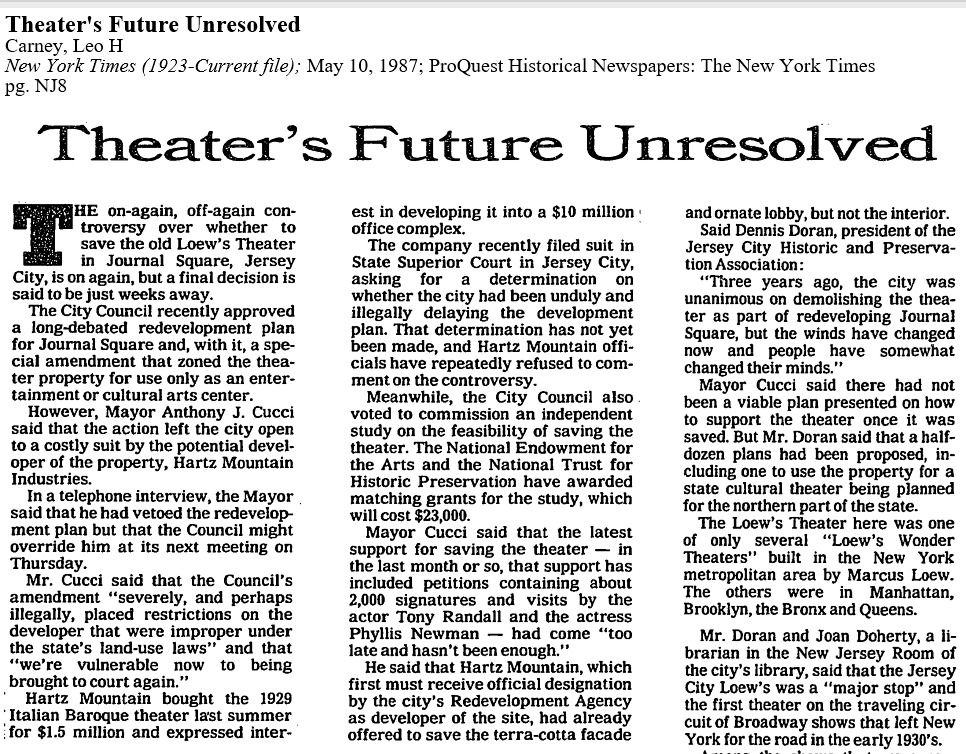 </a
</a